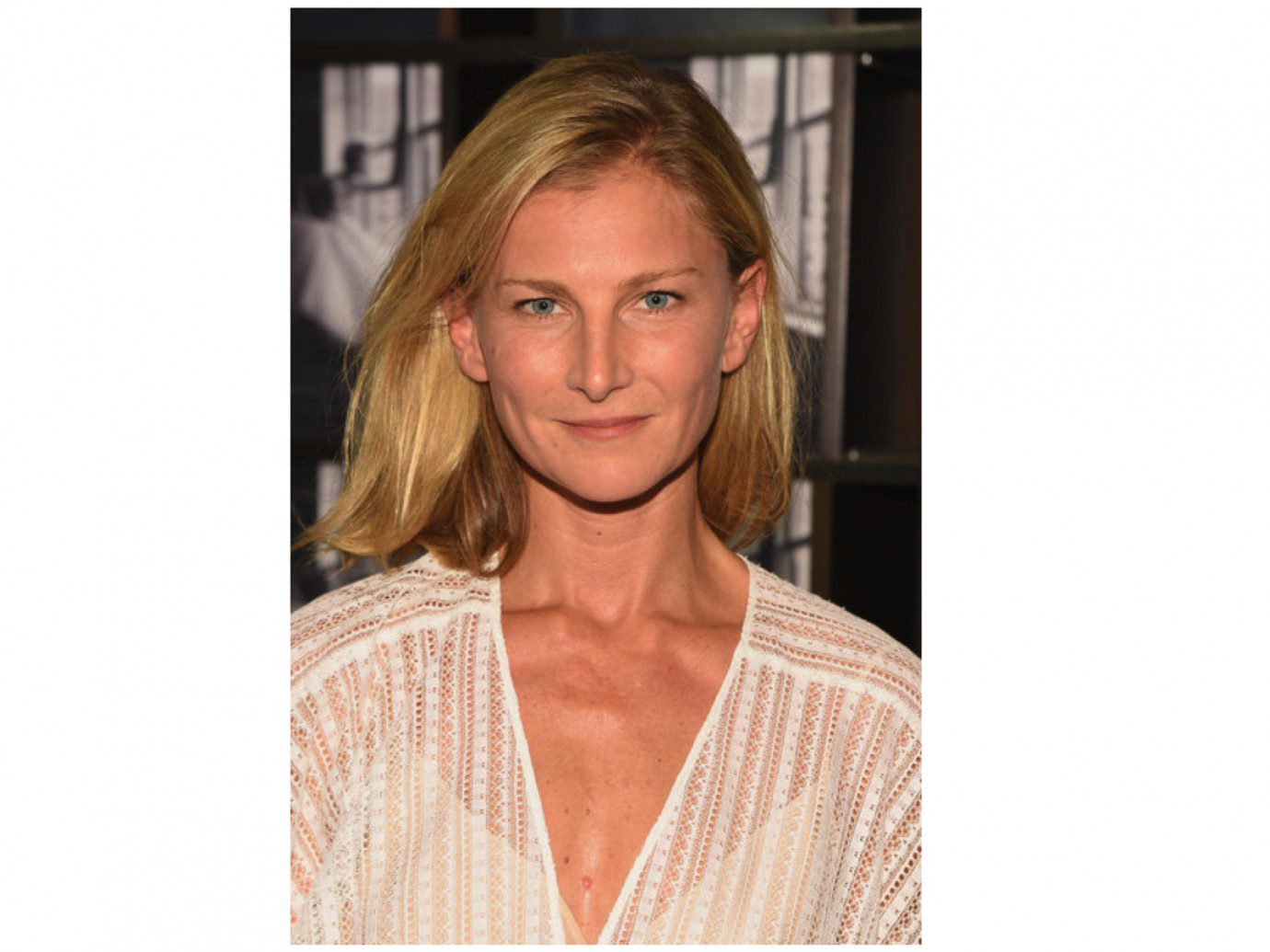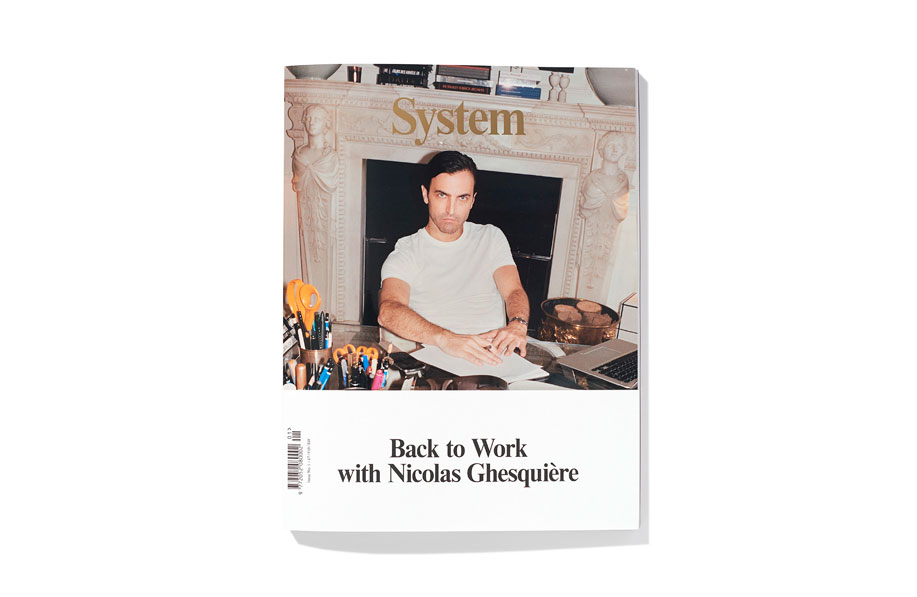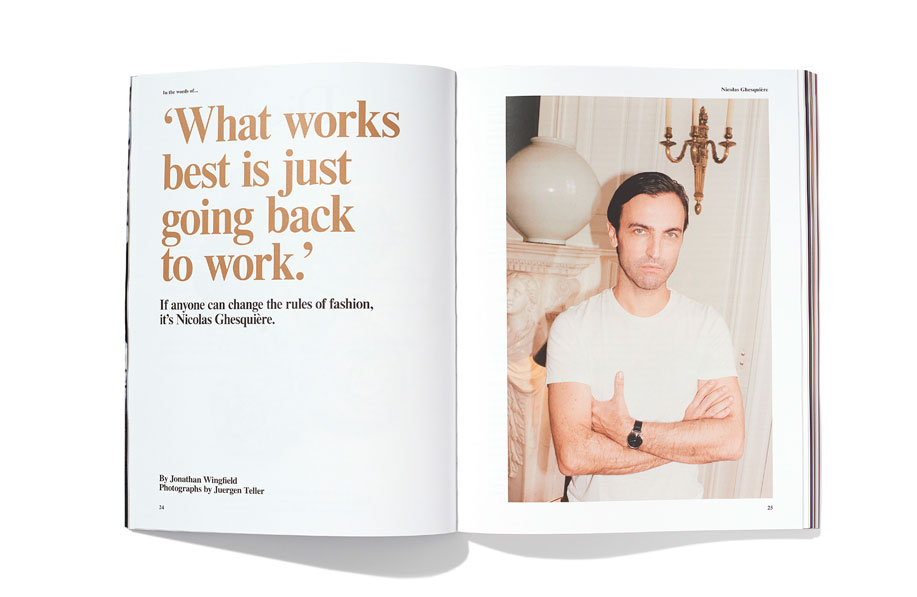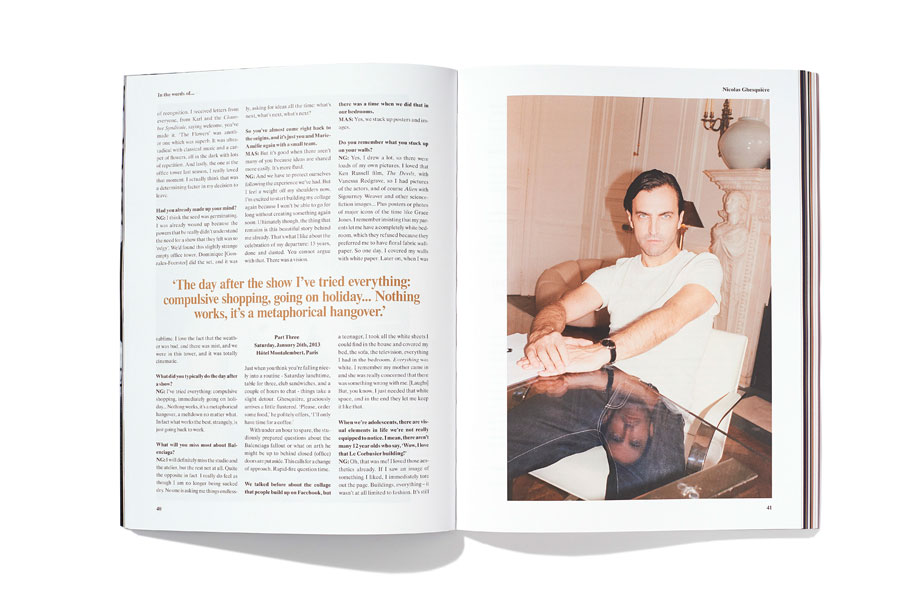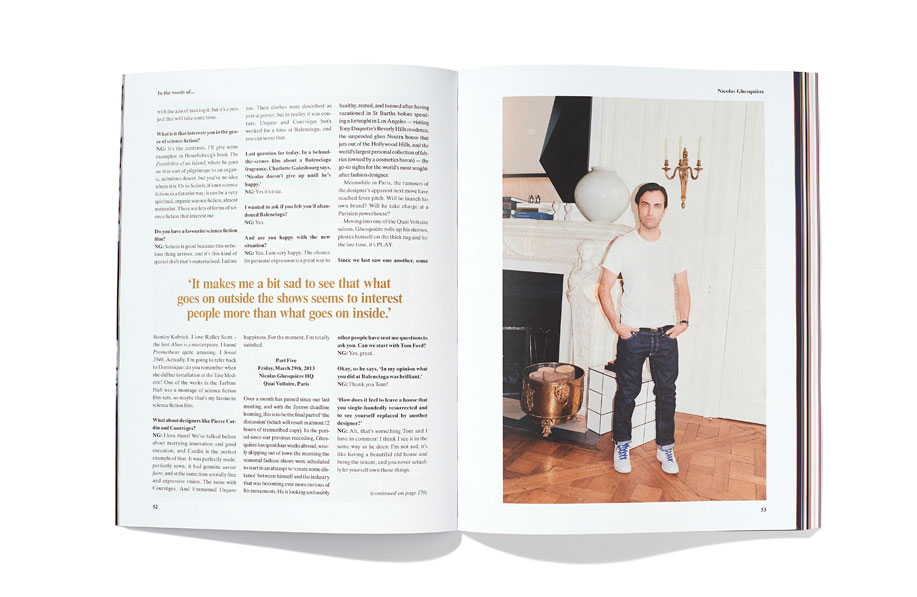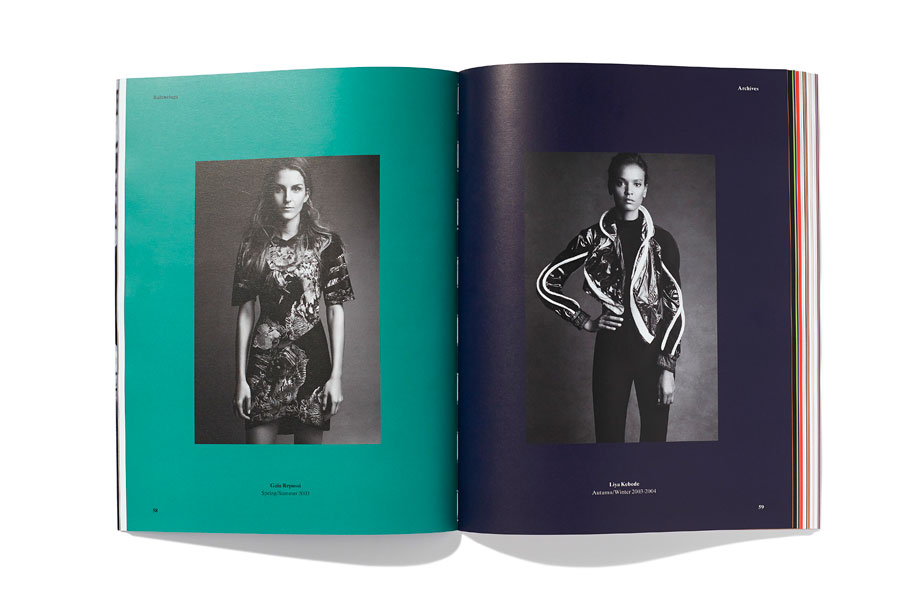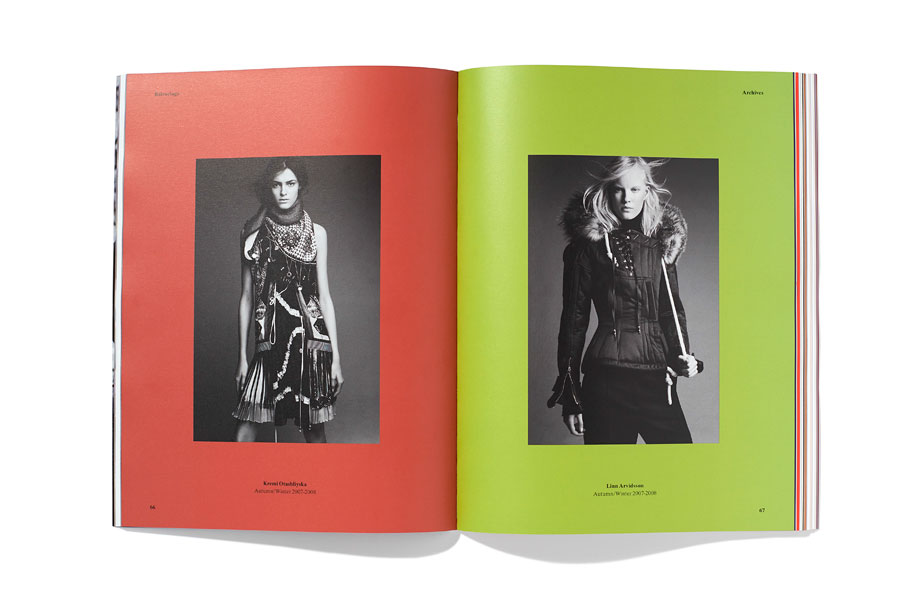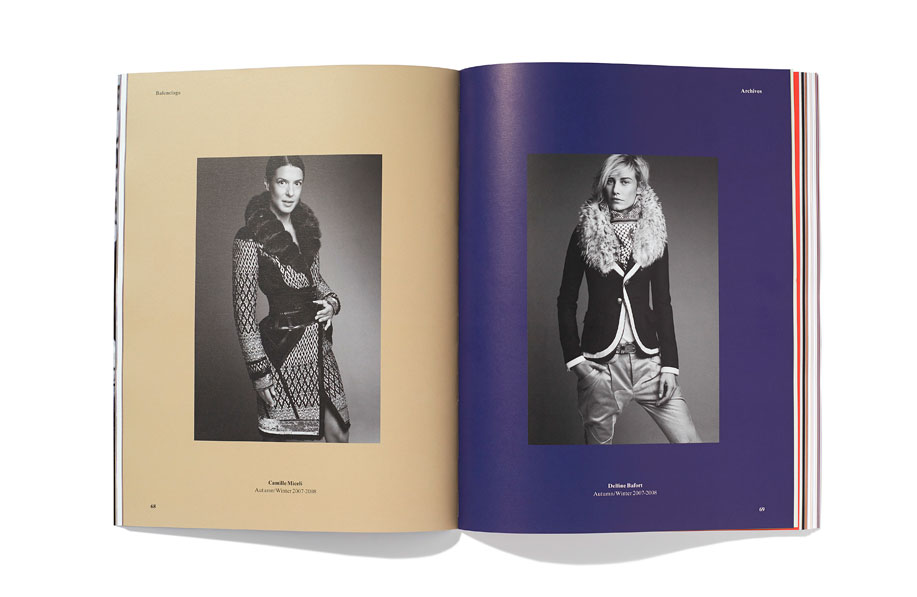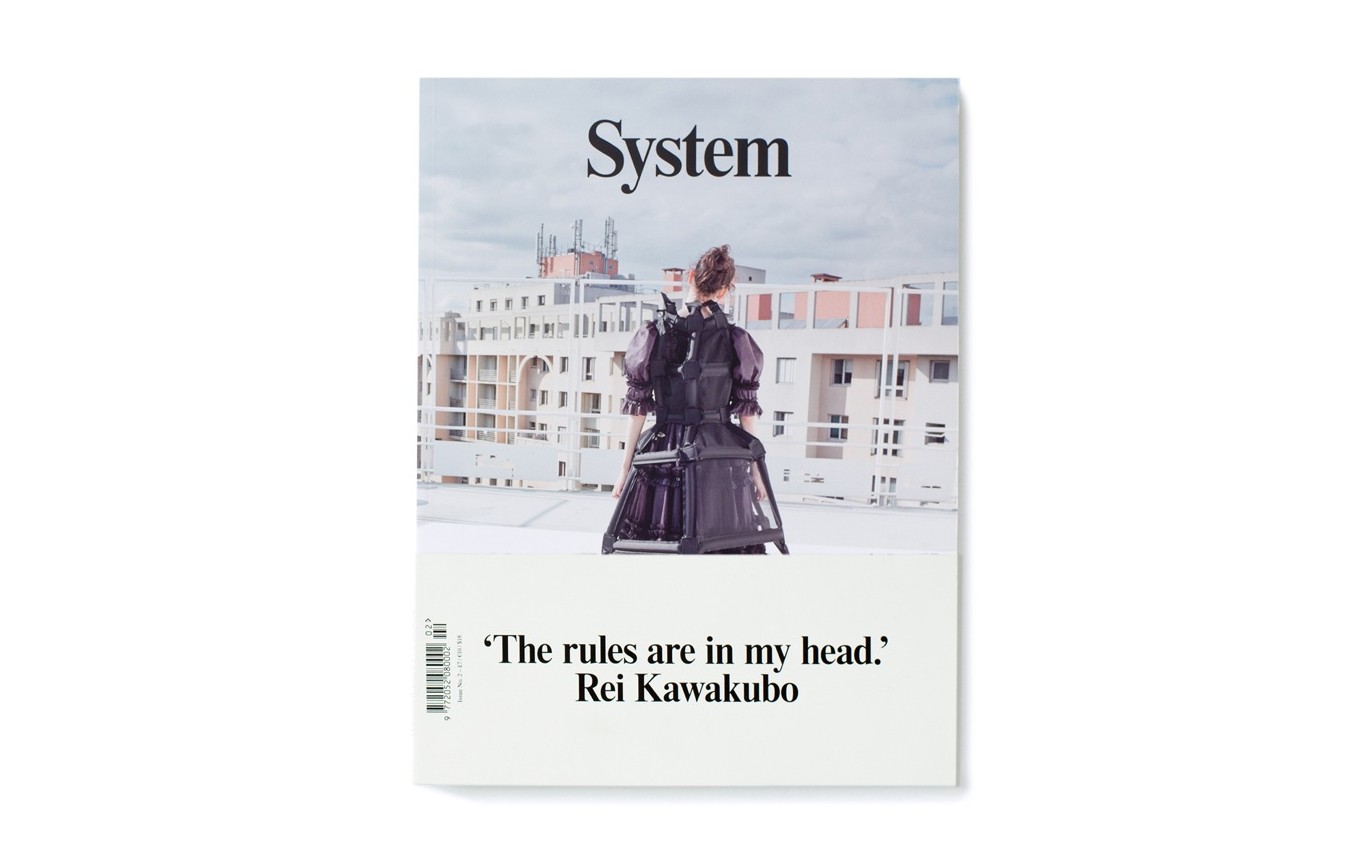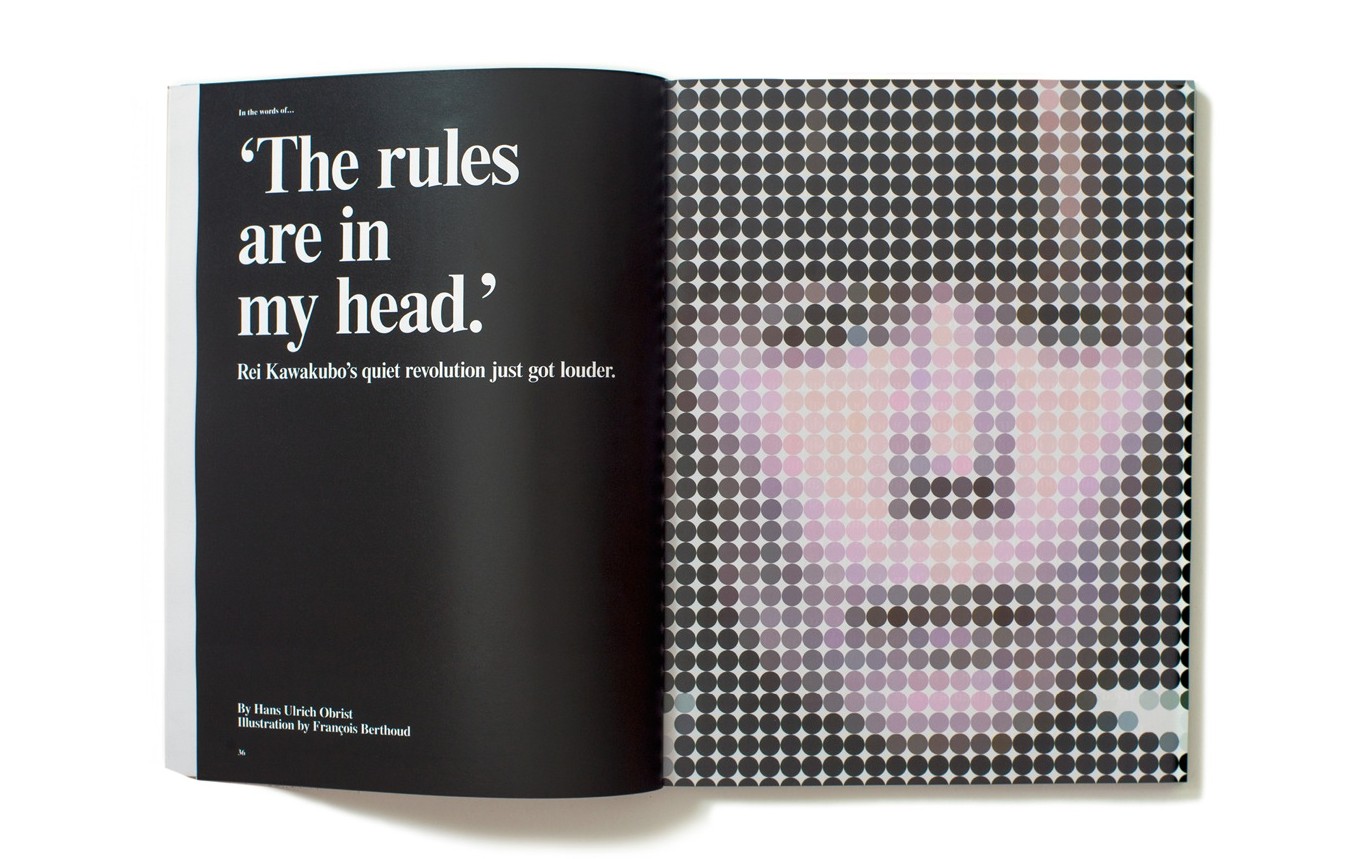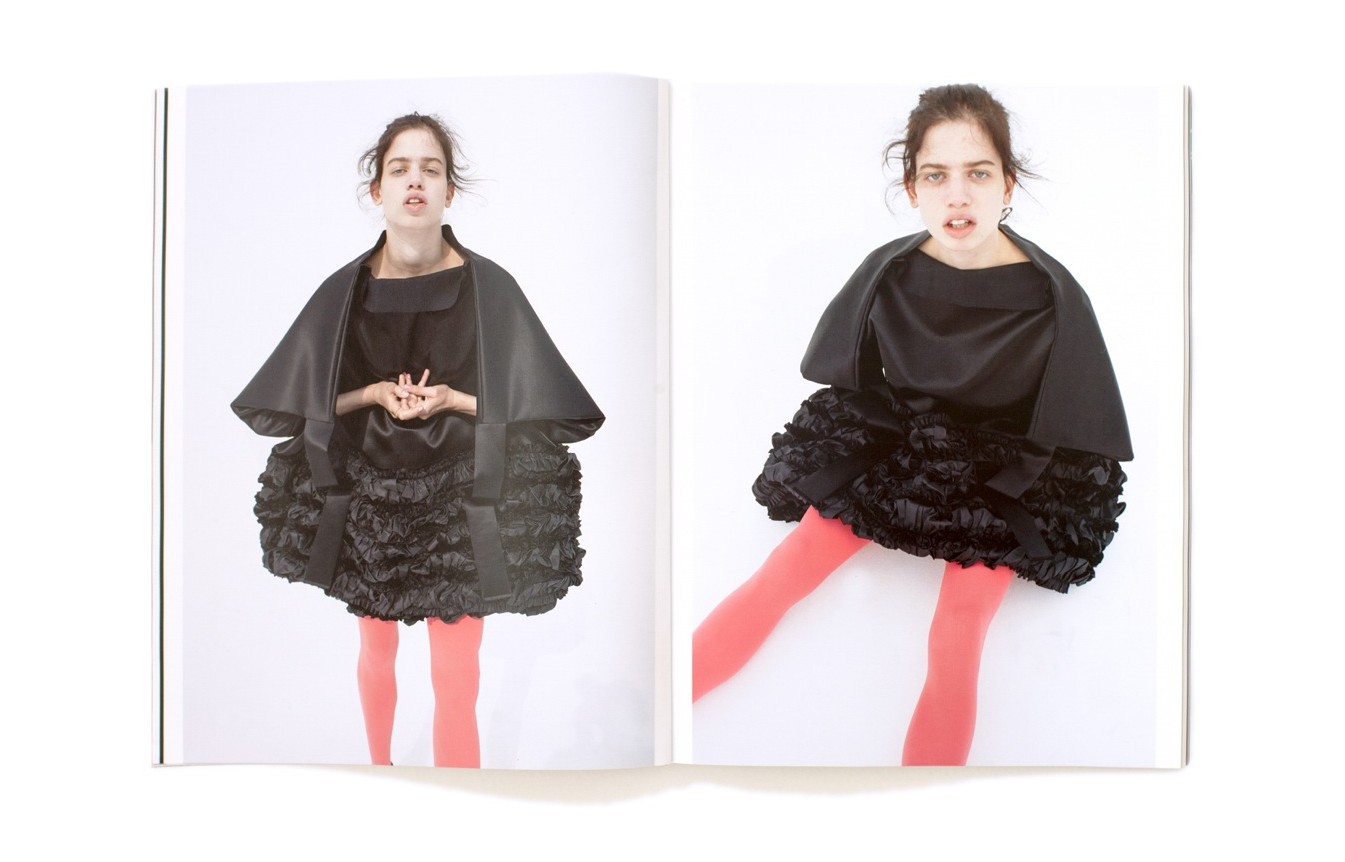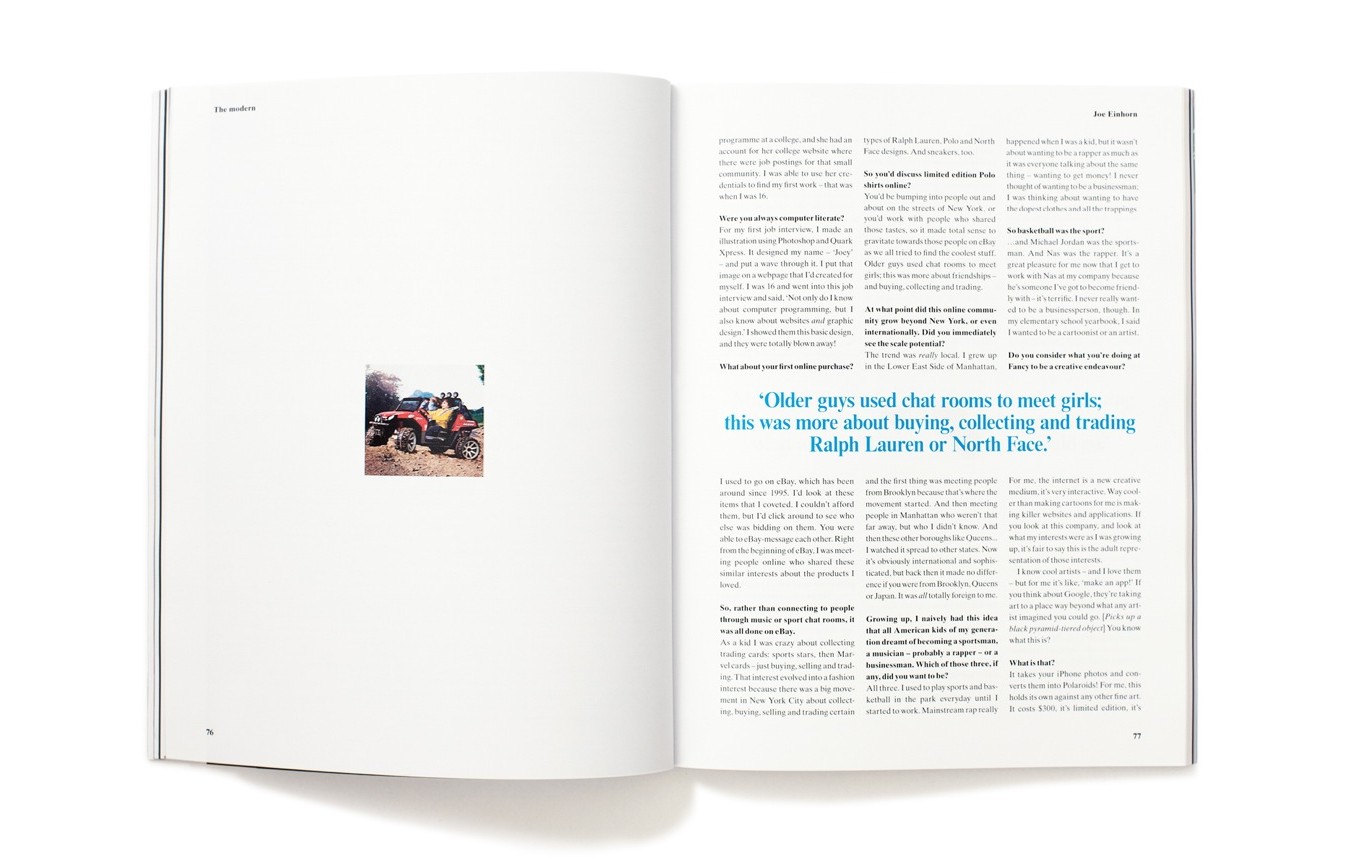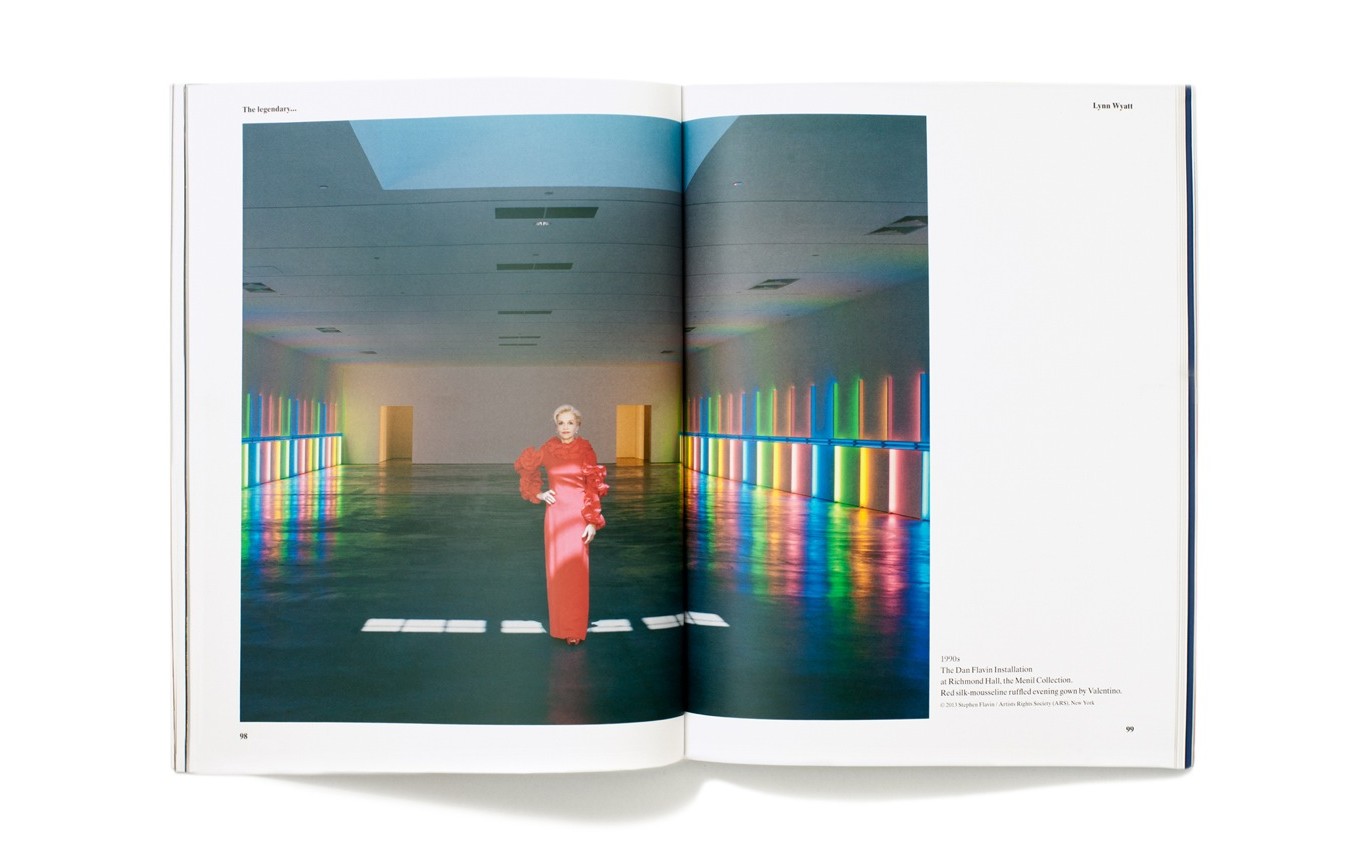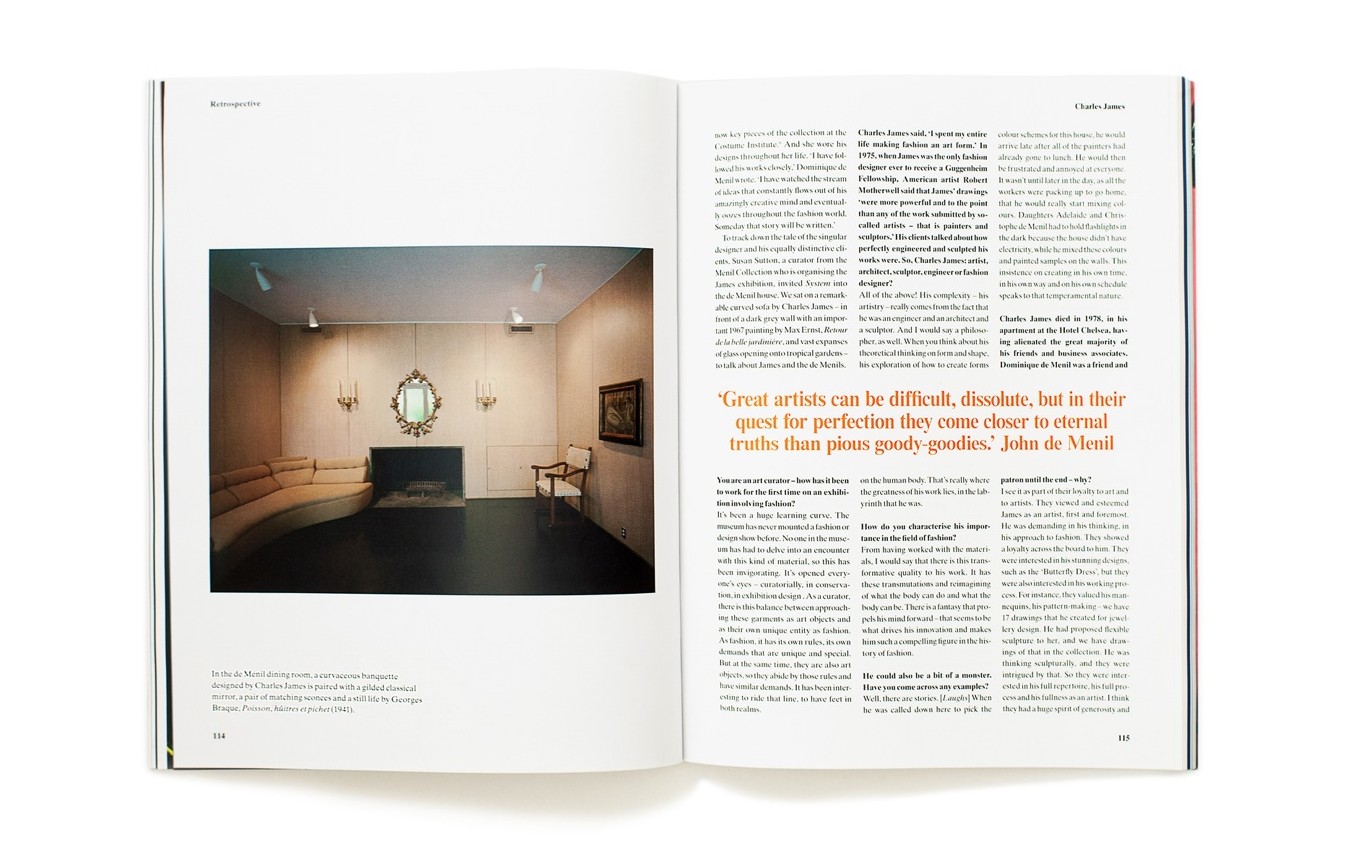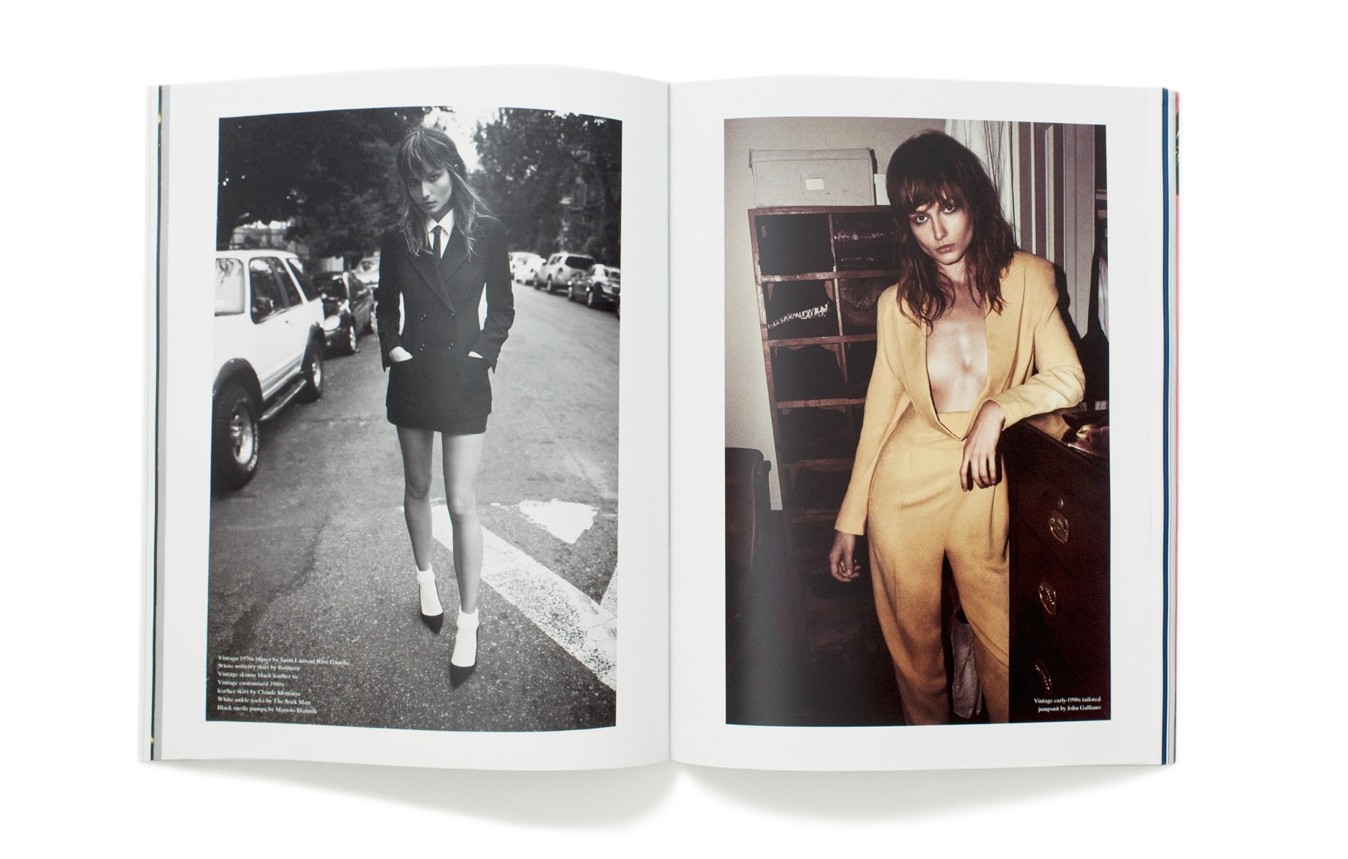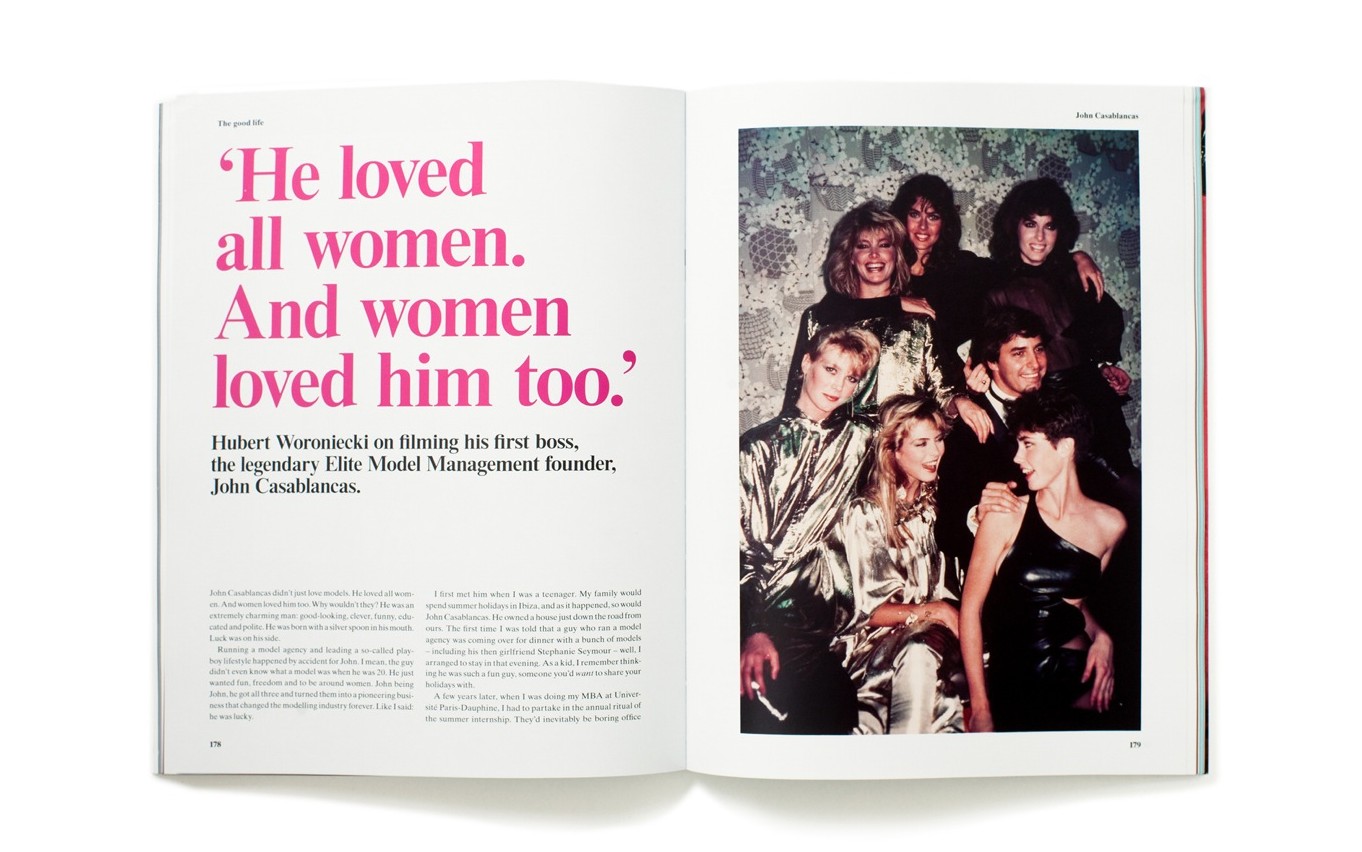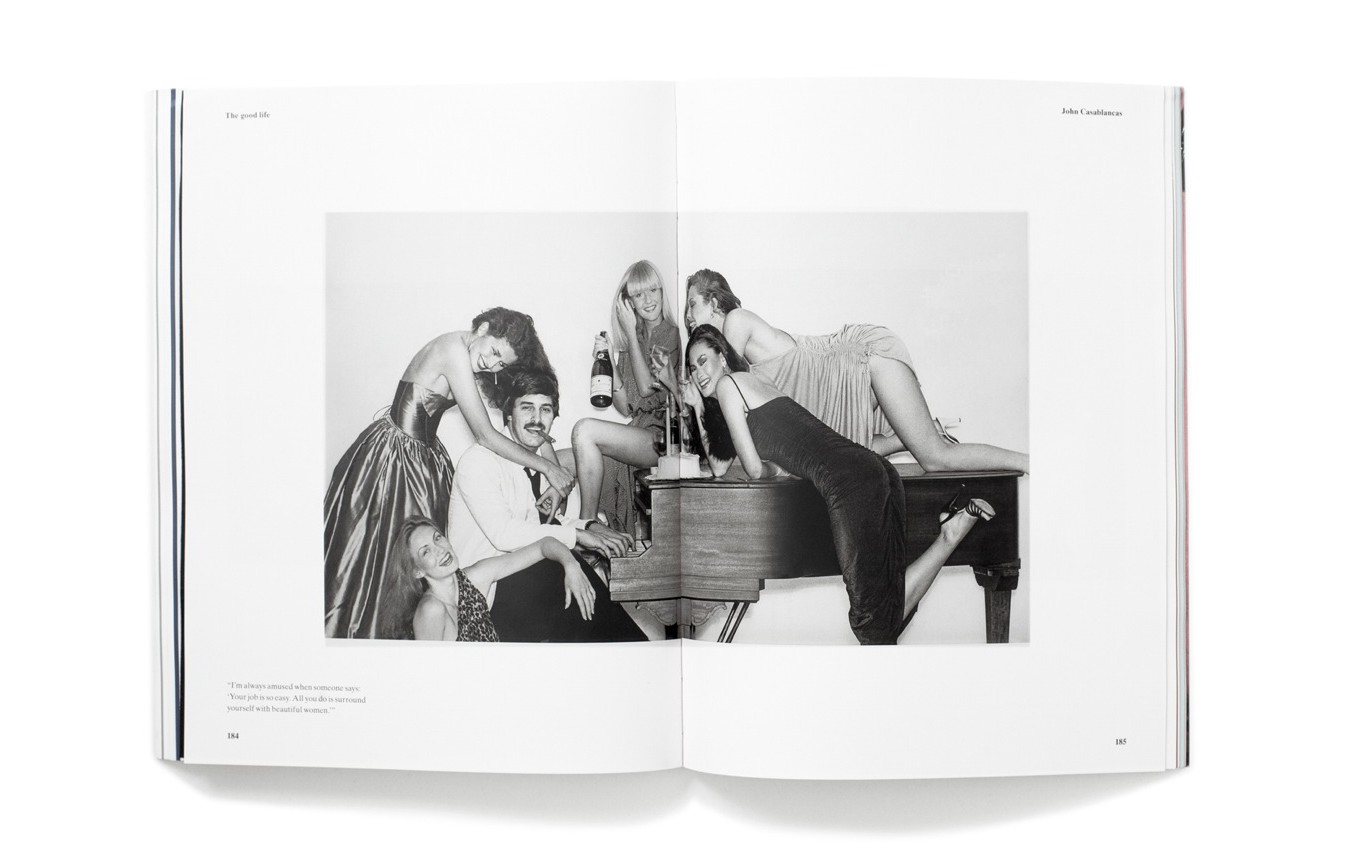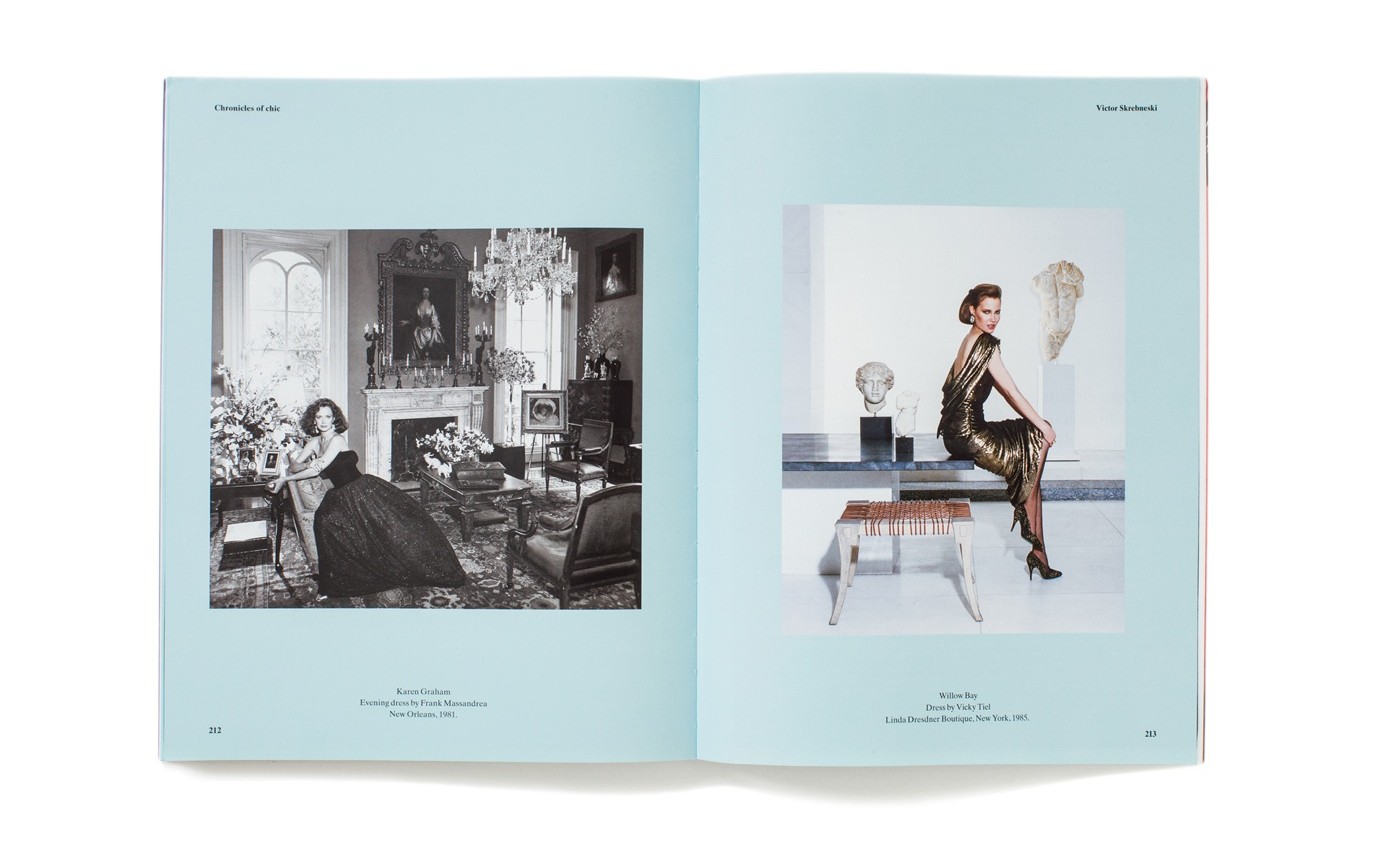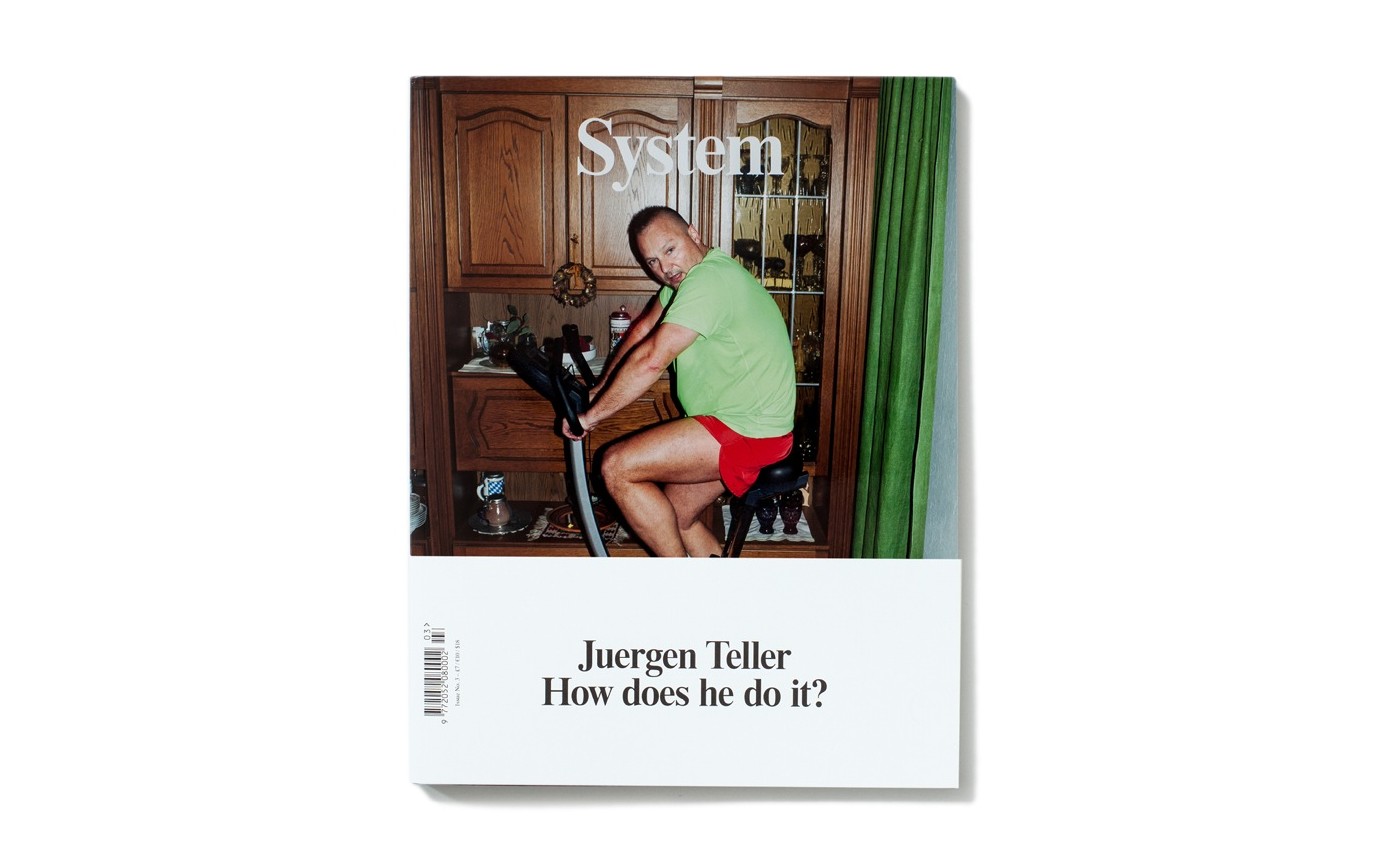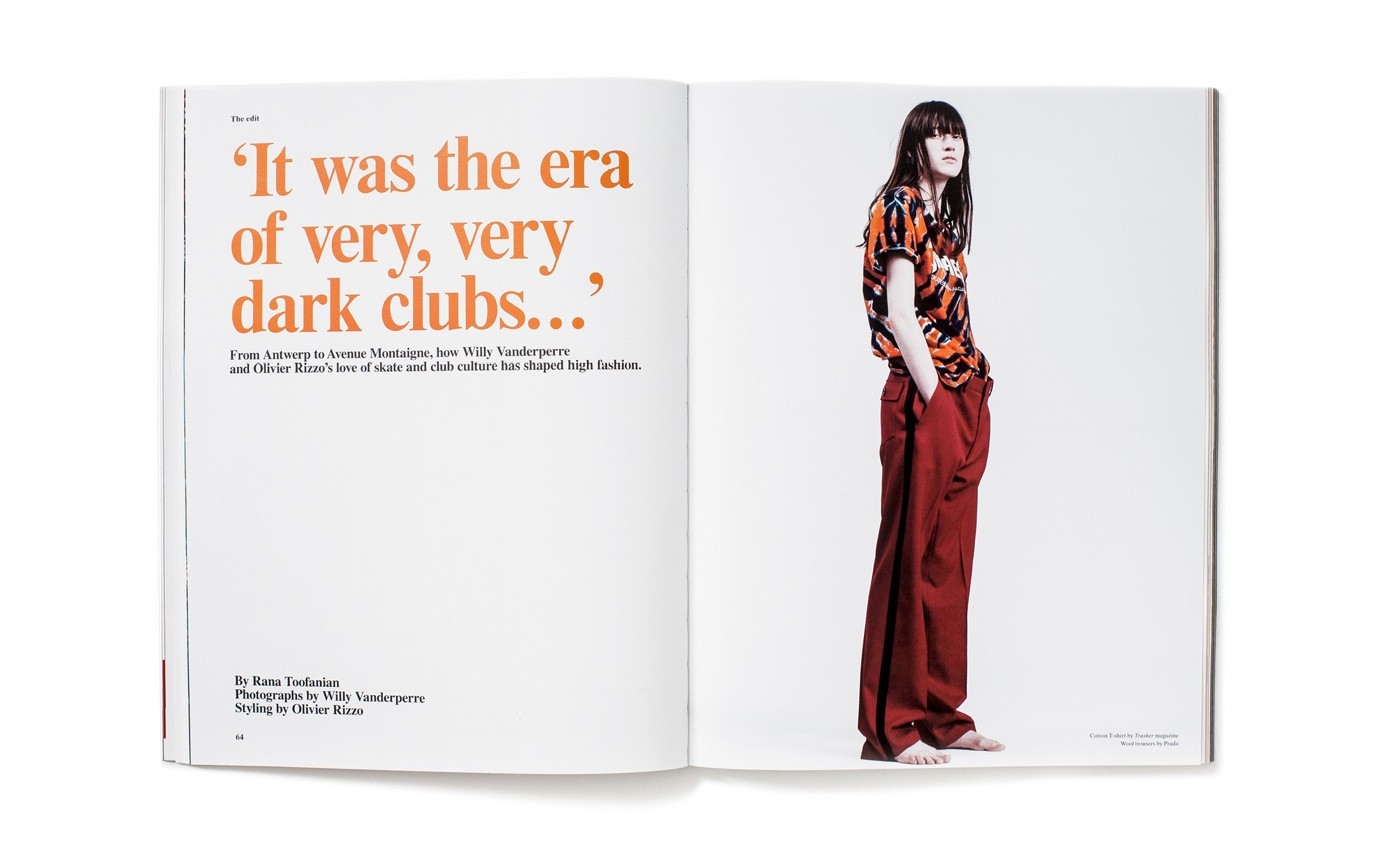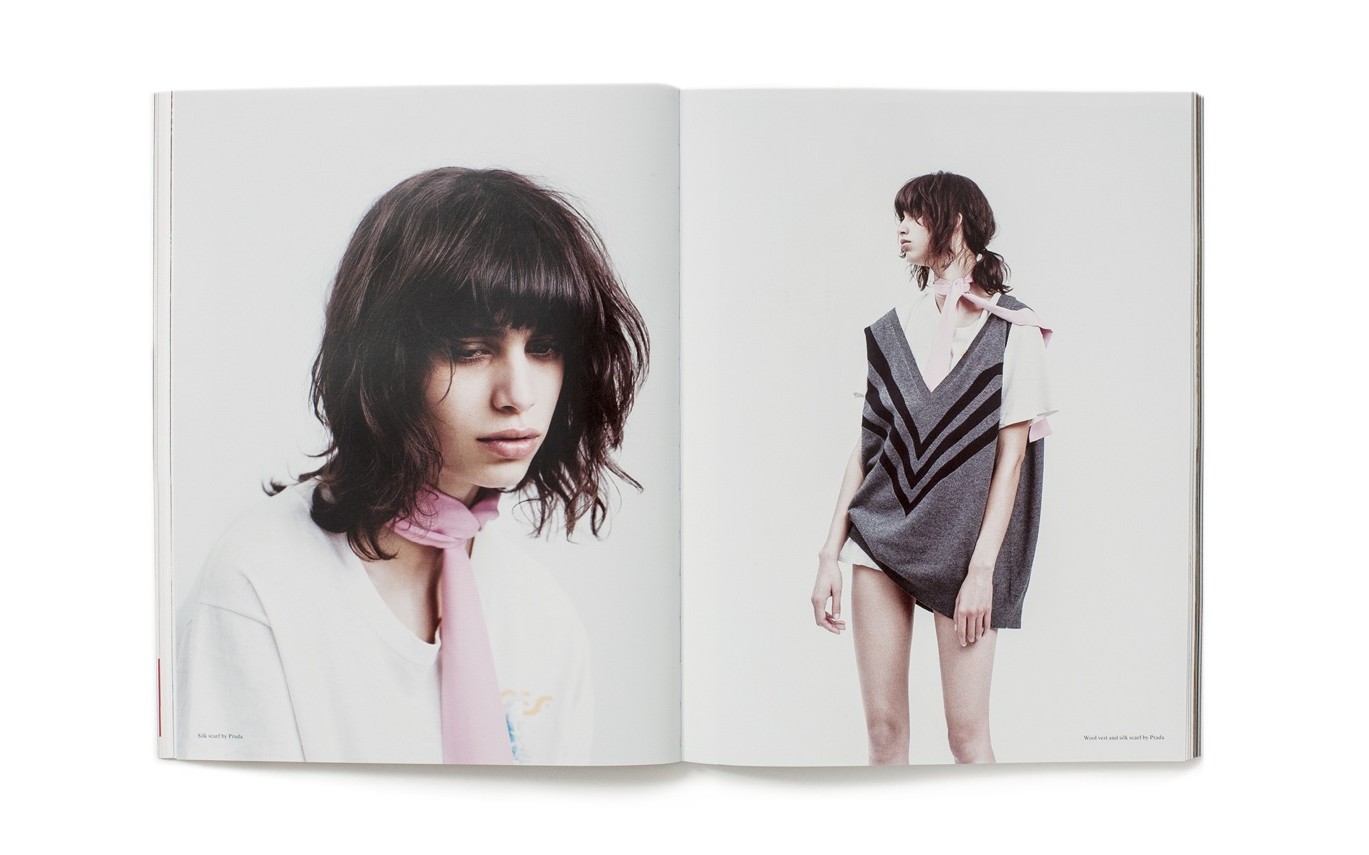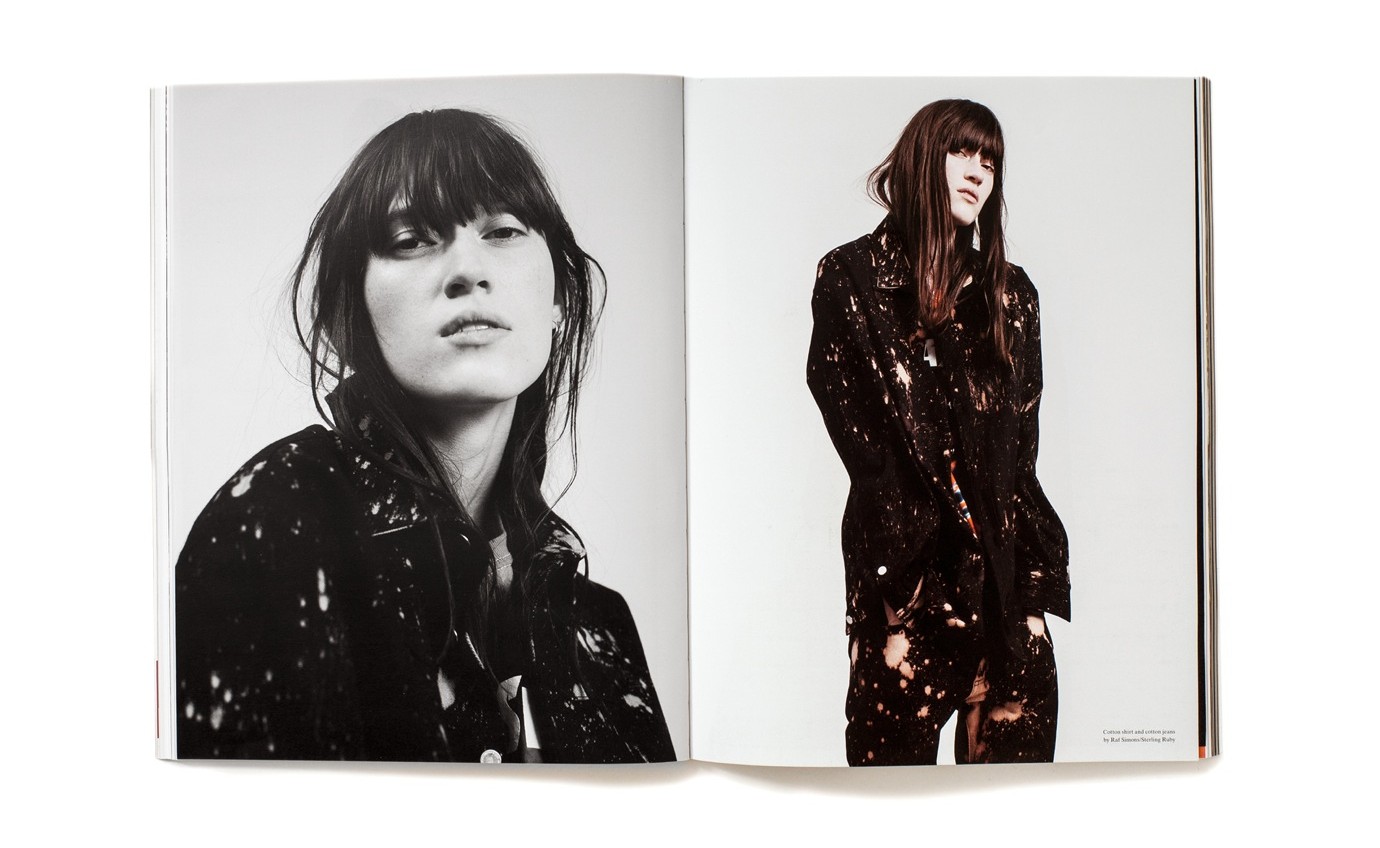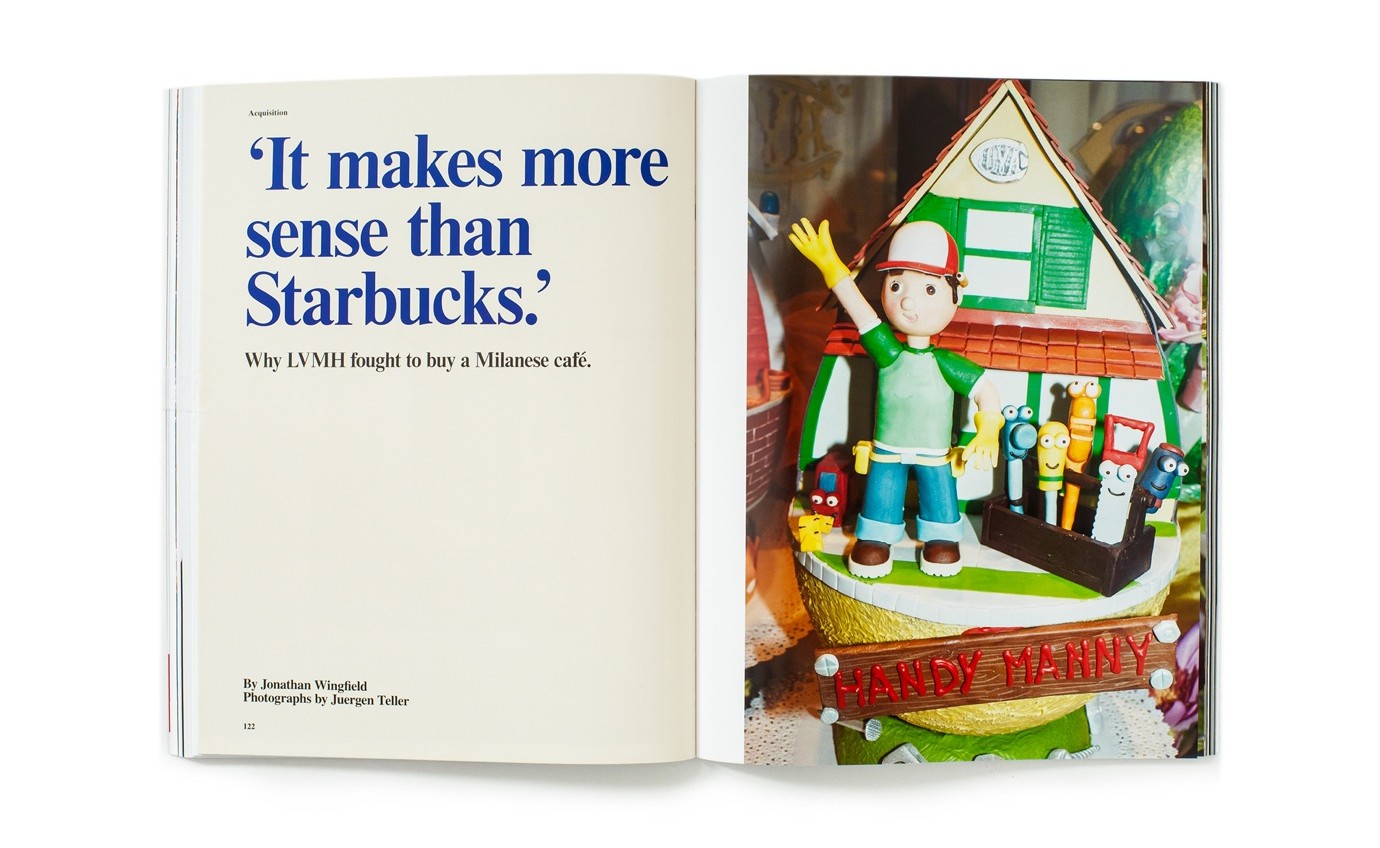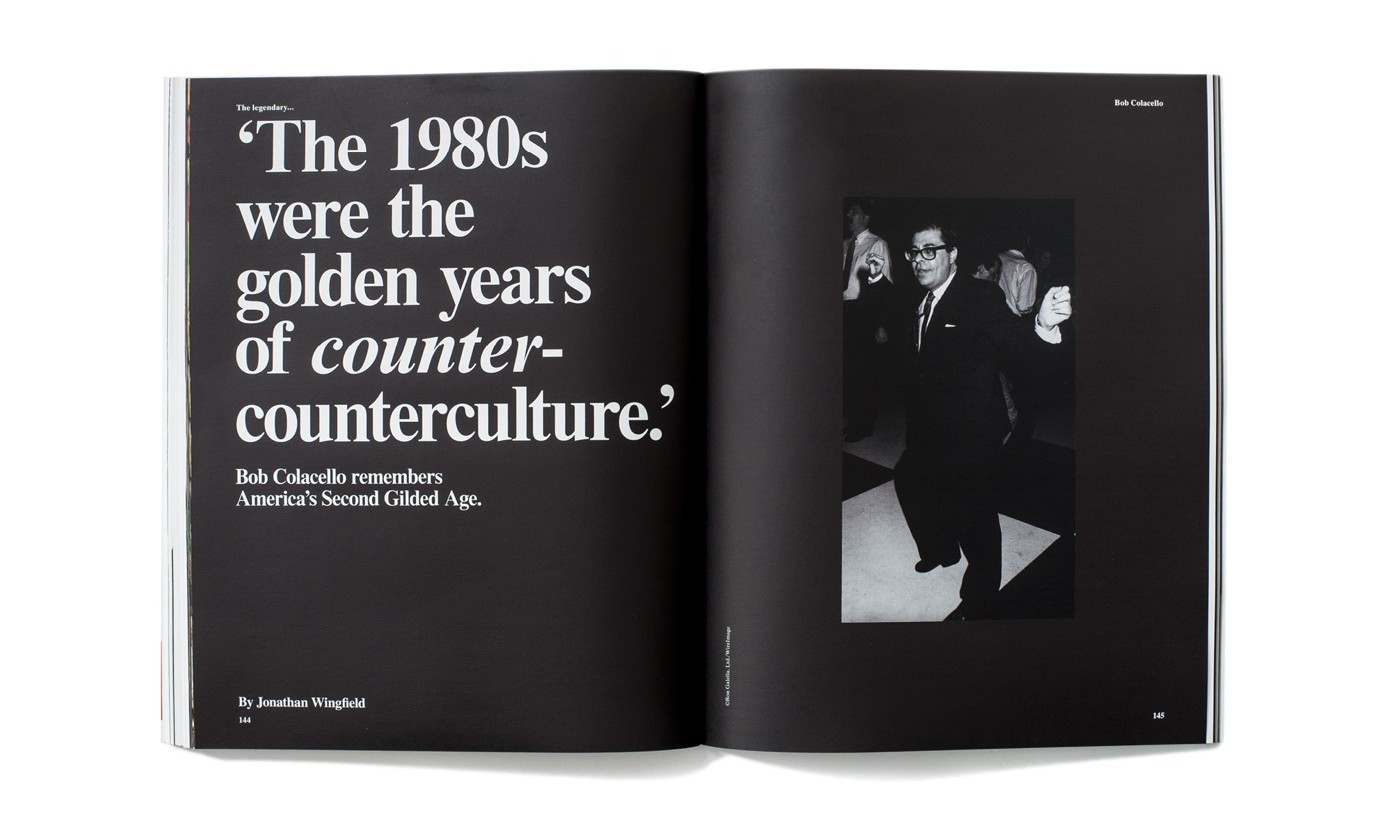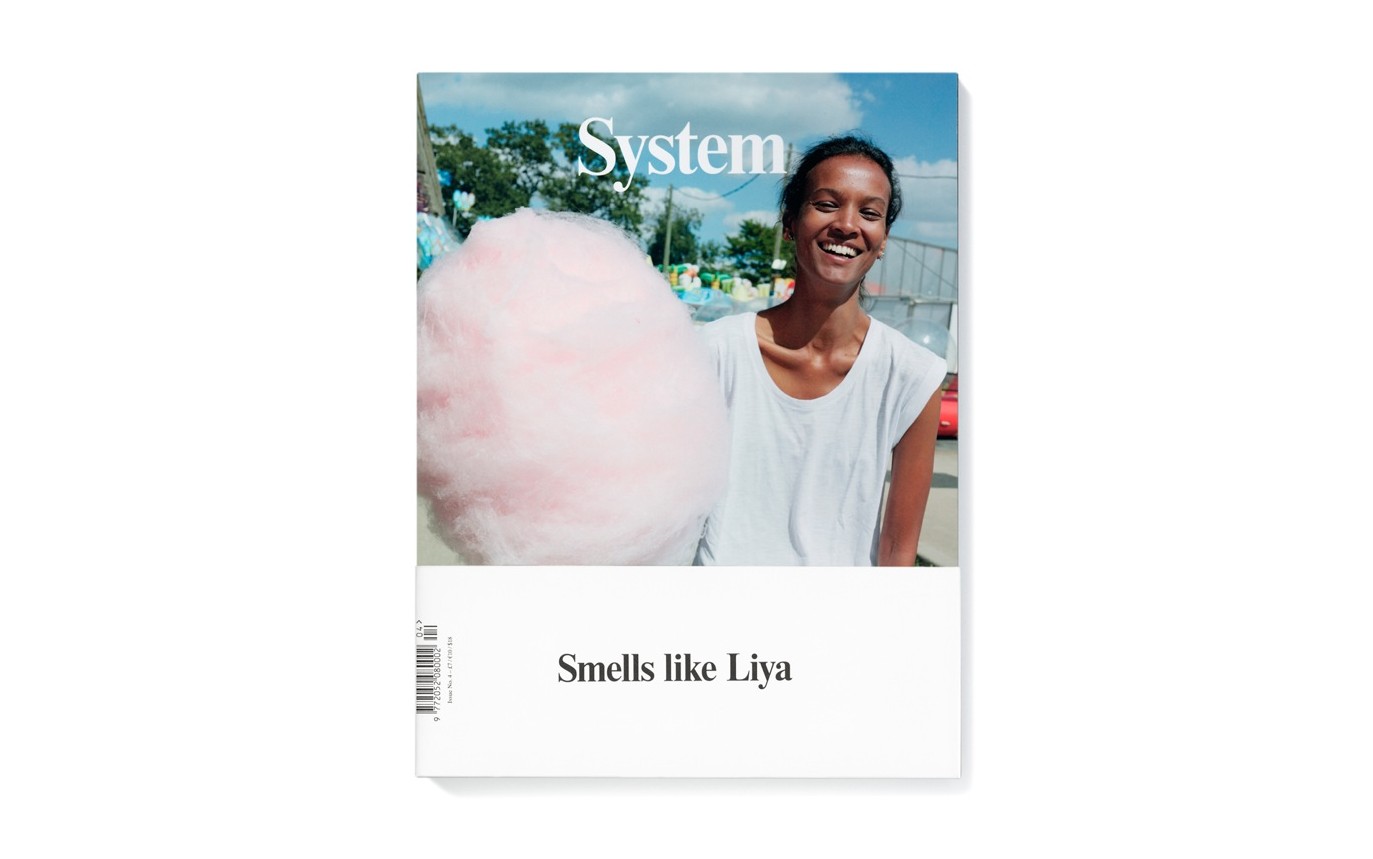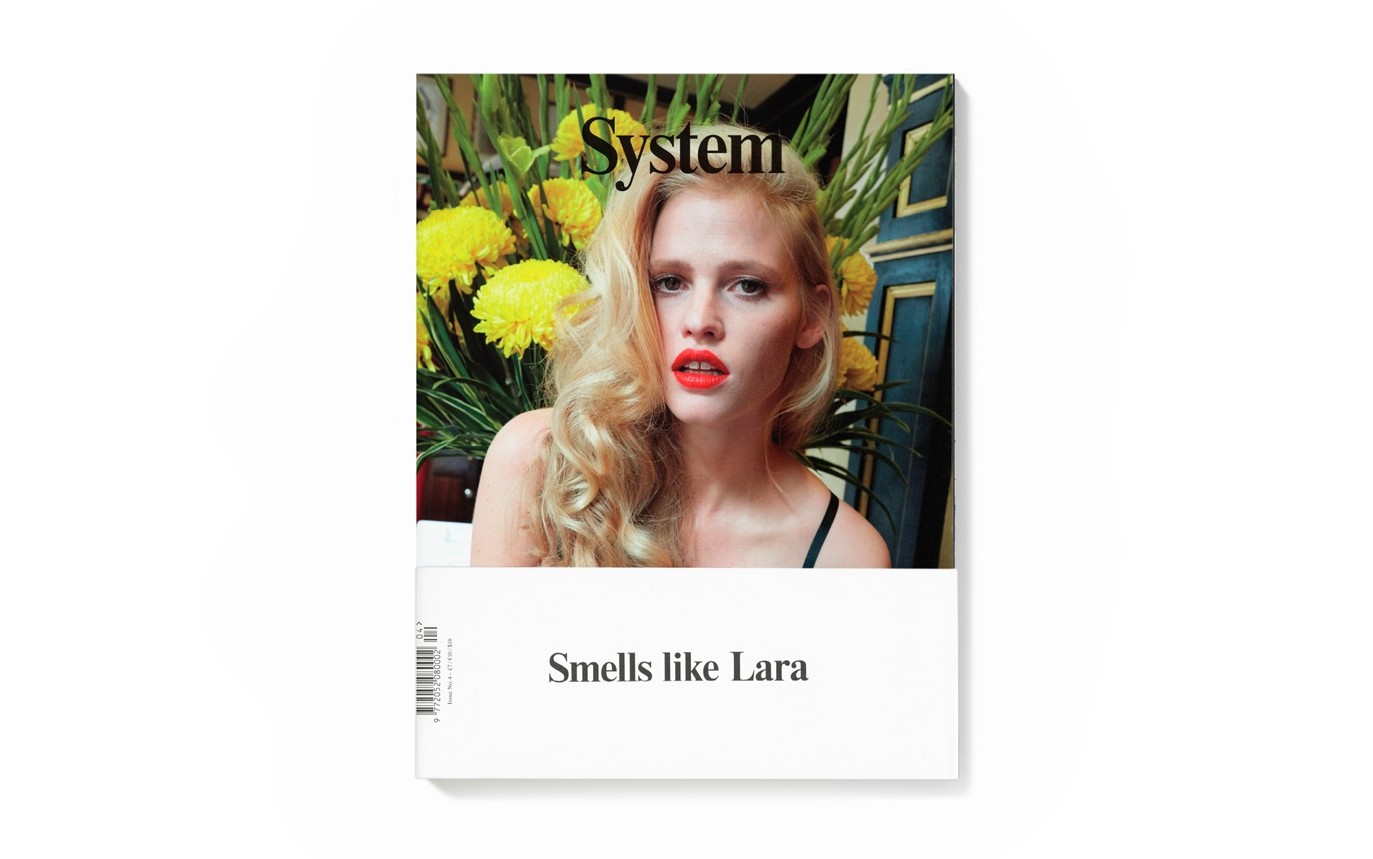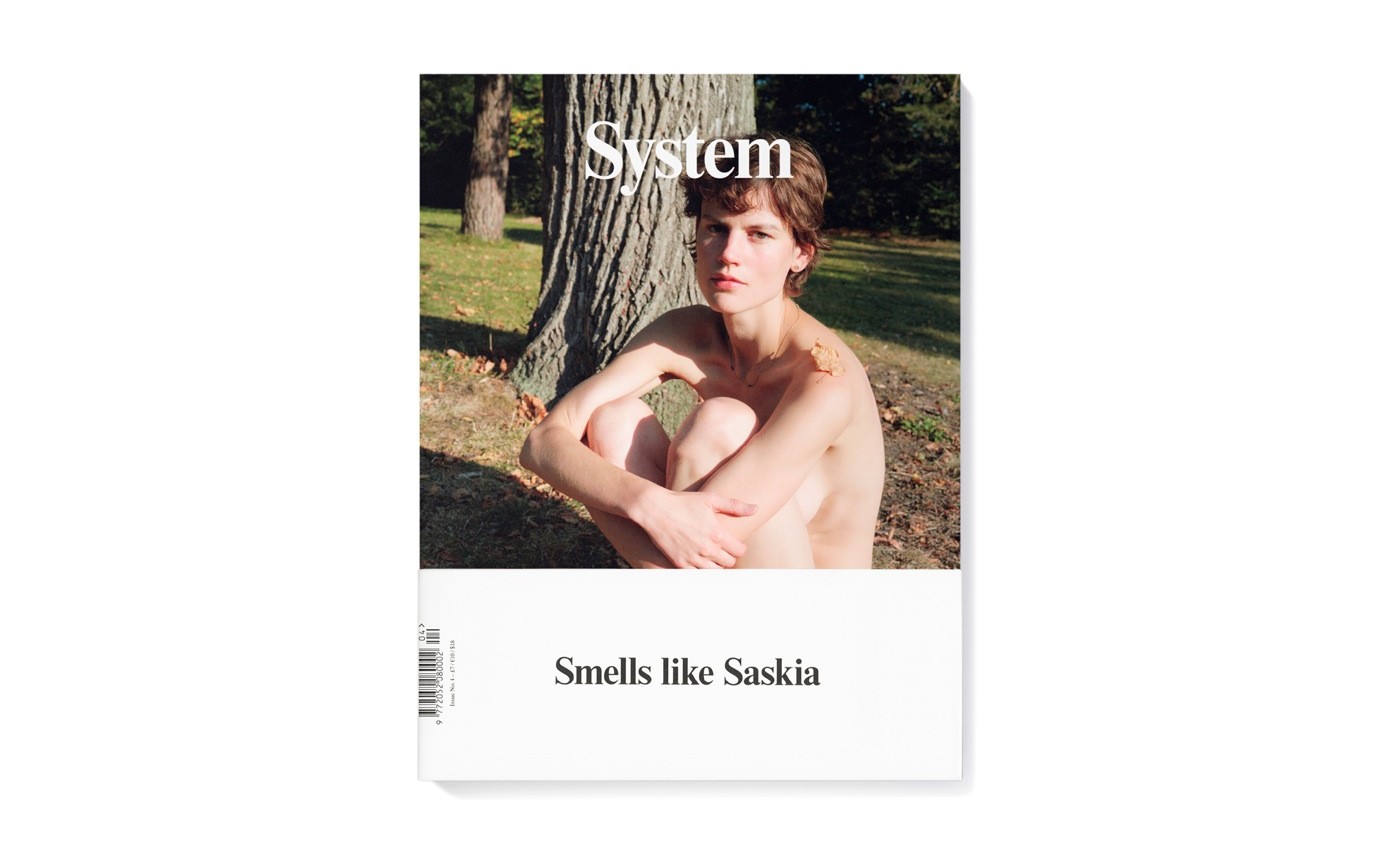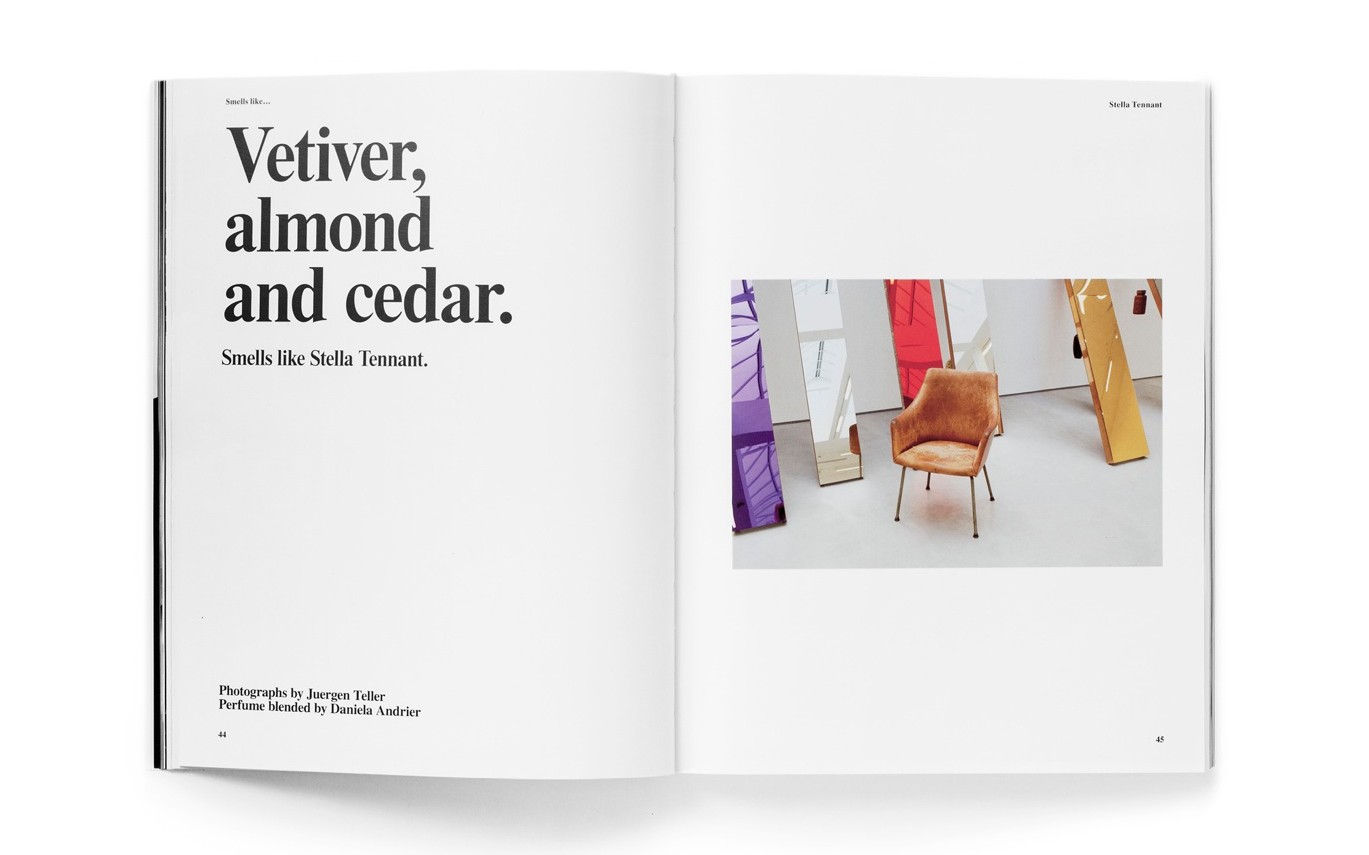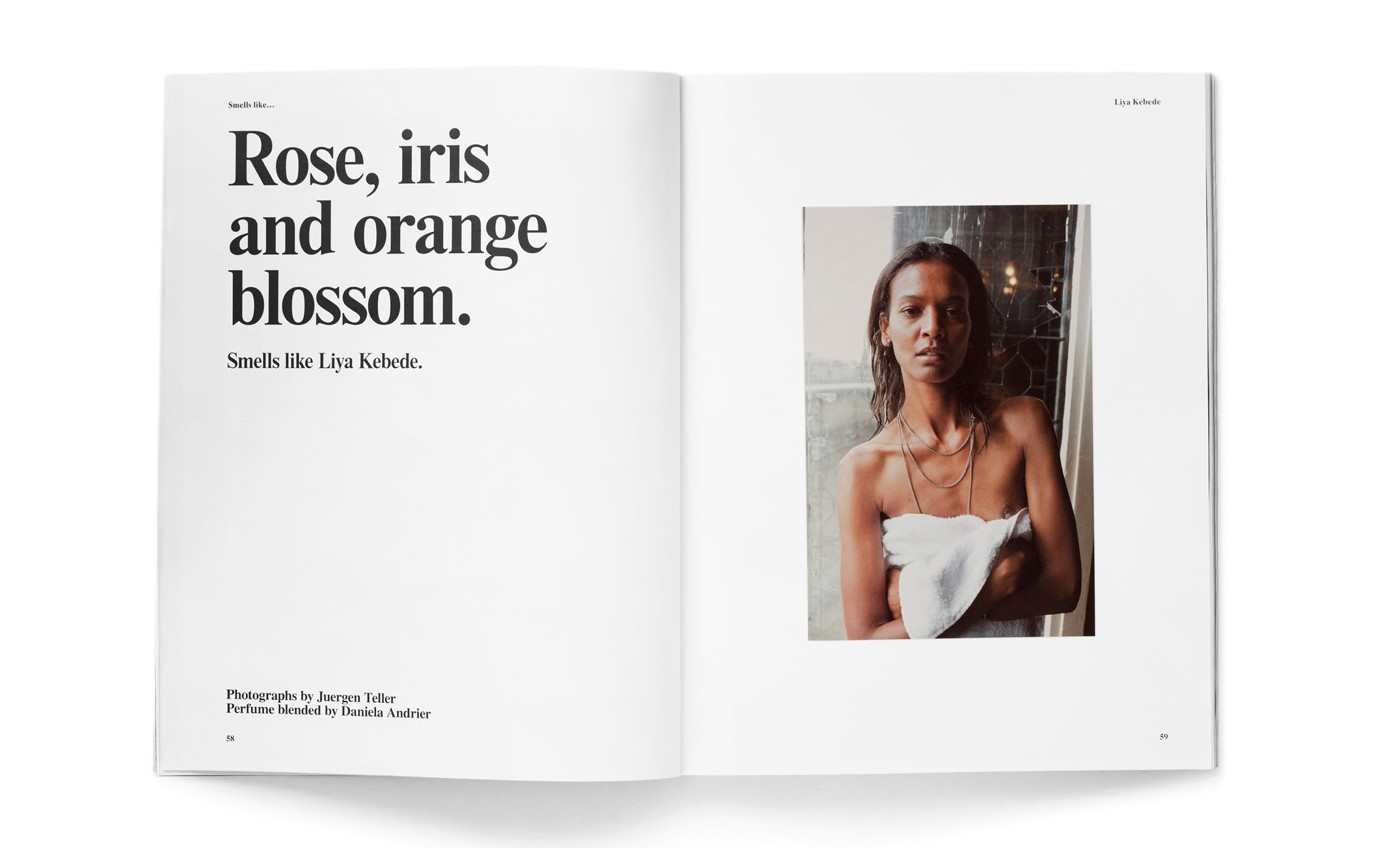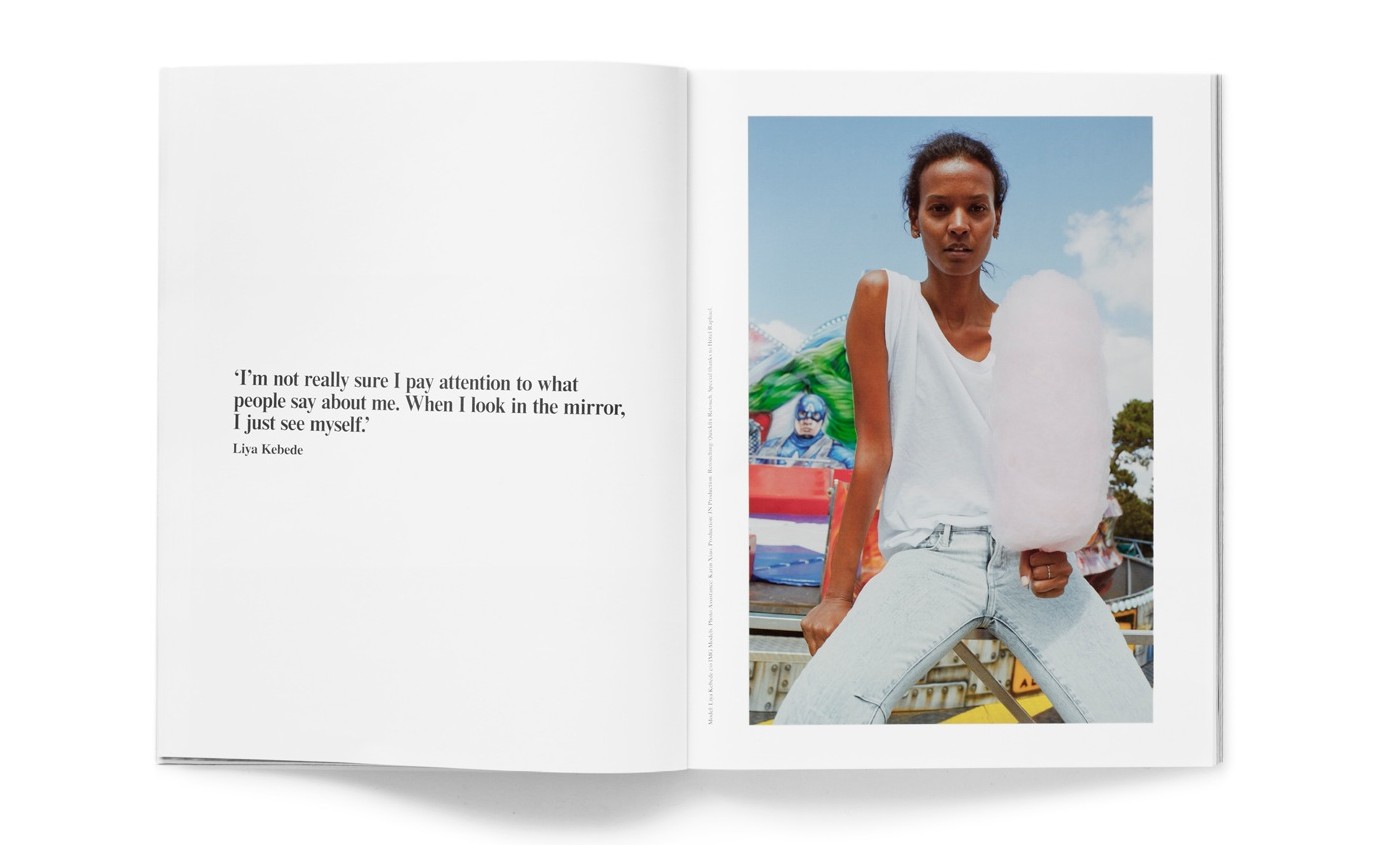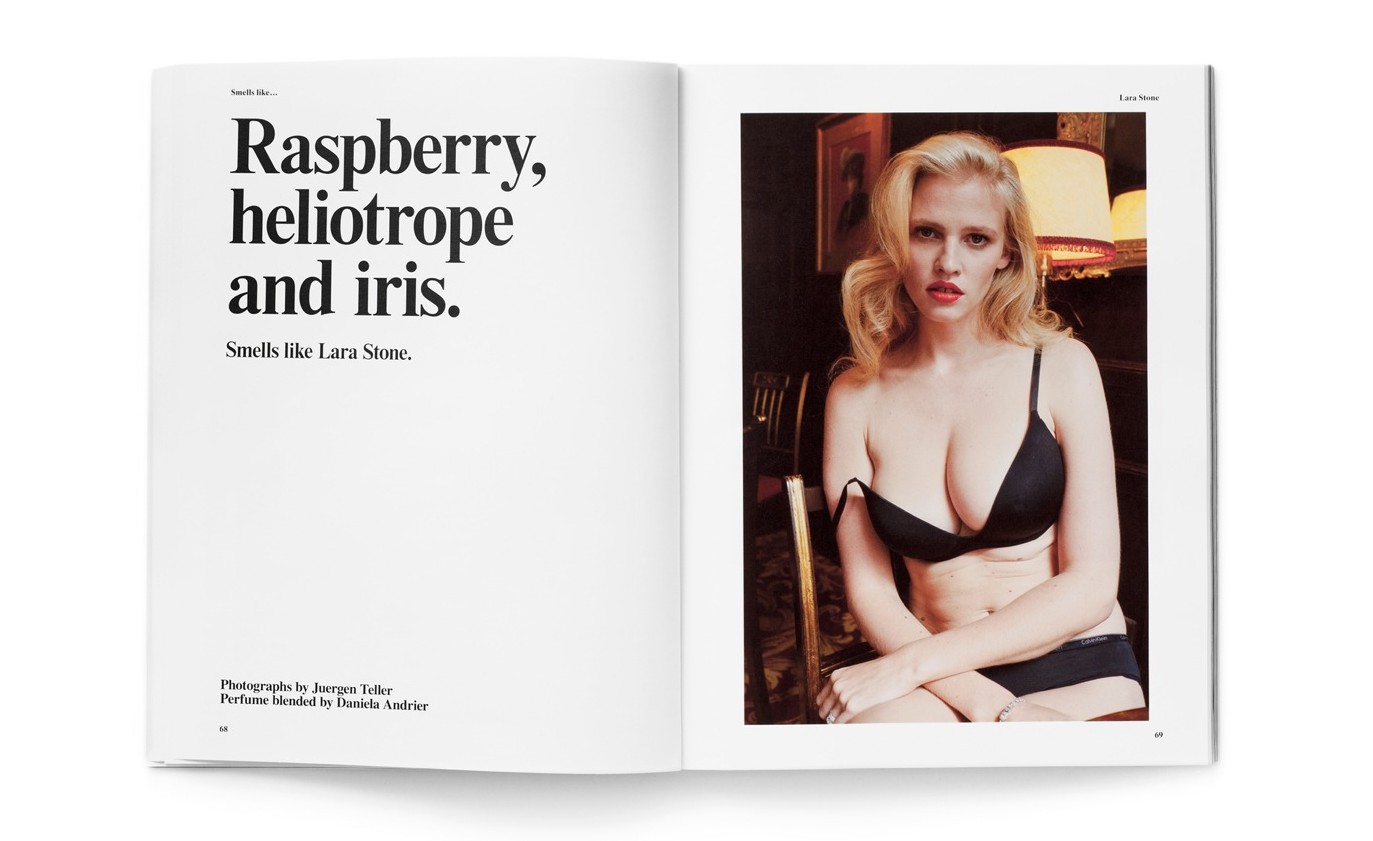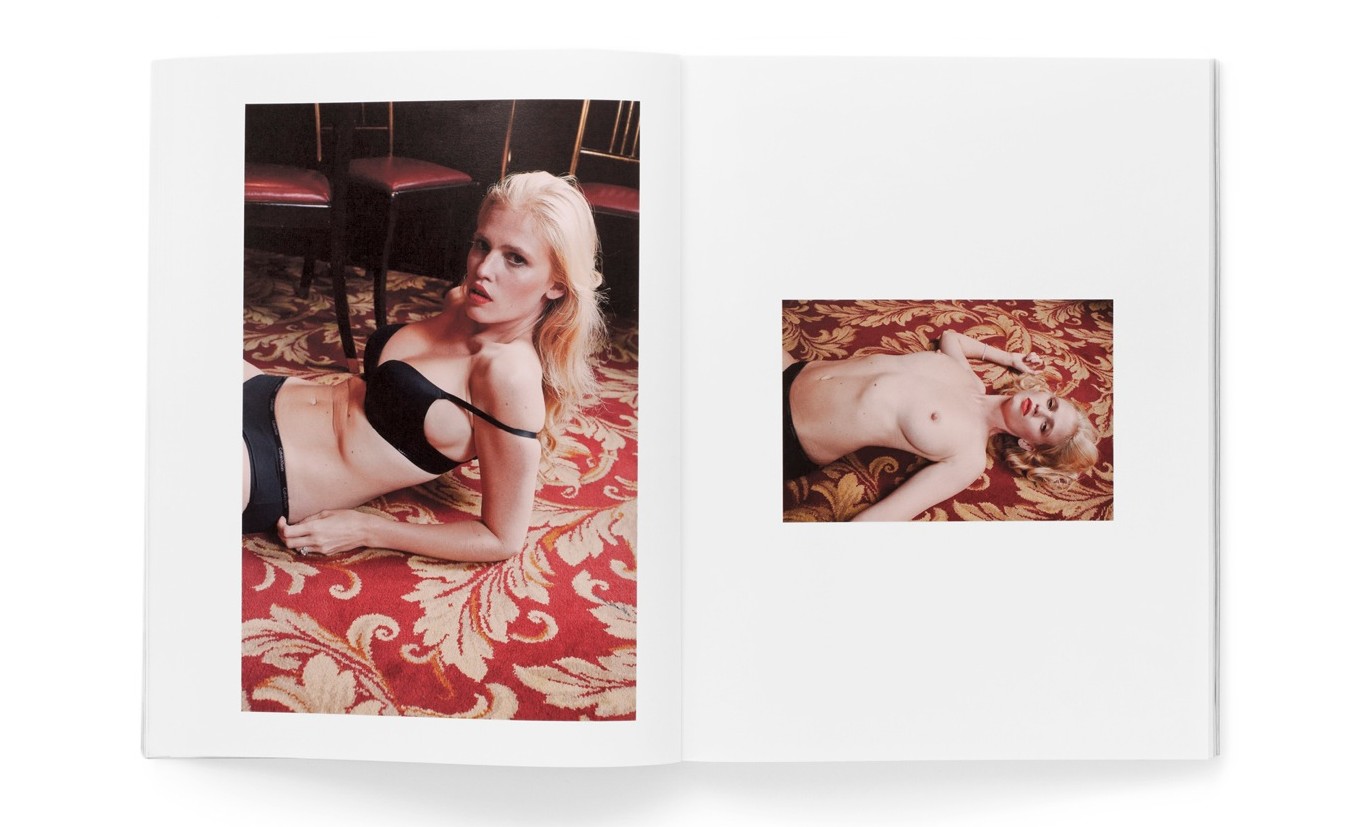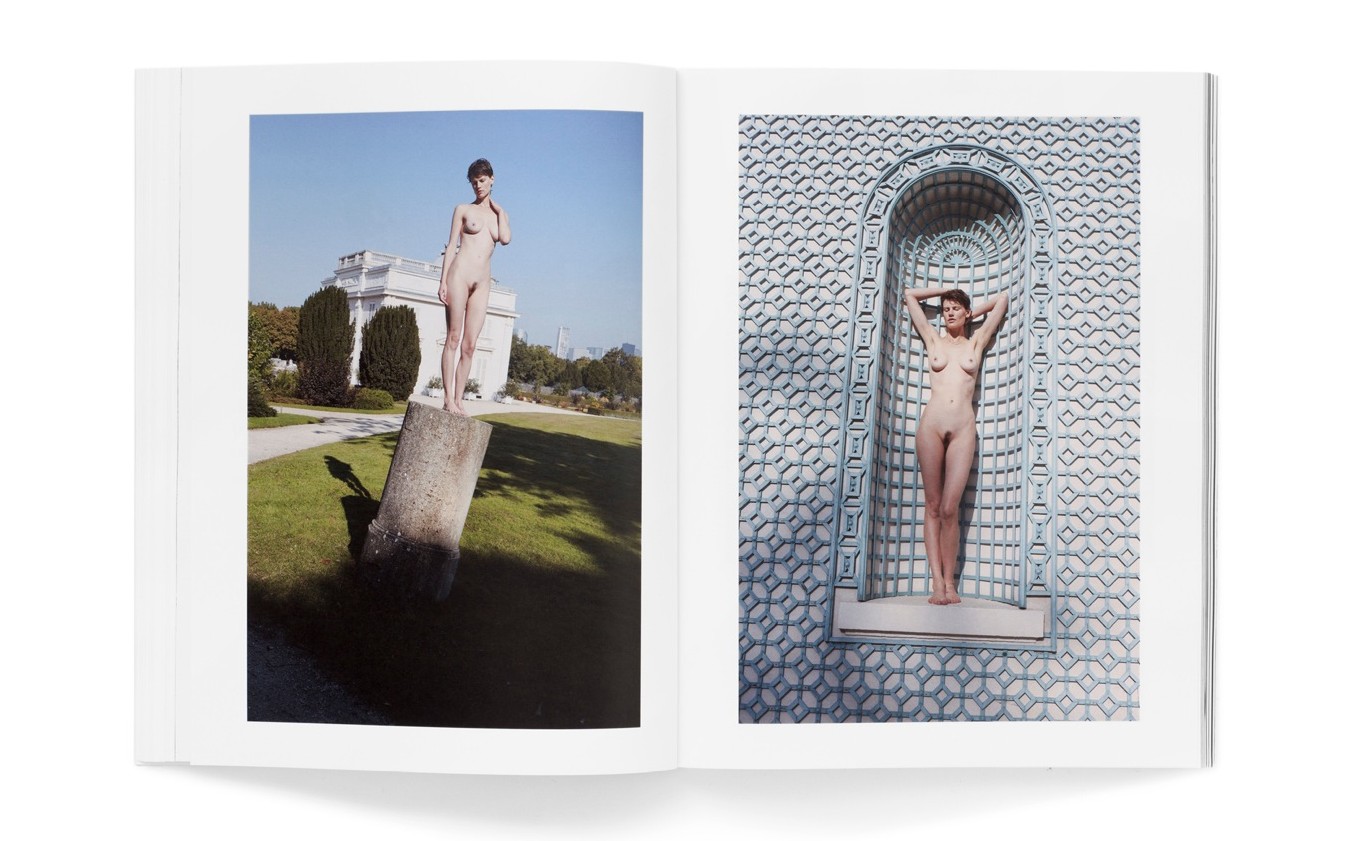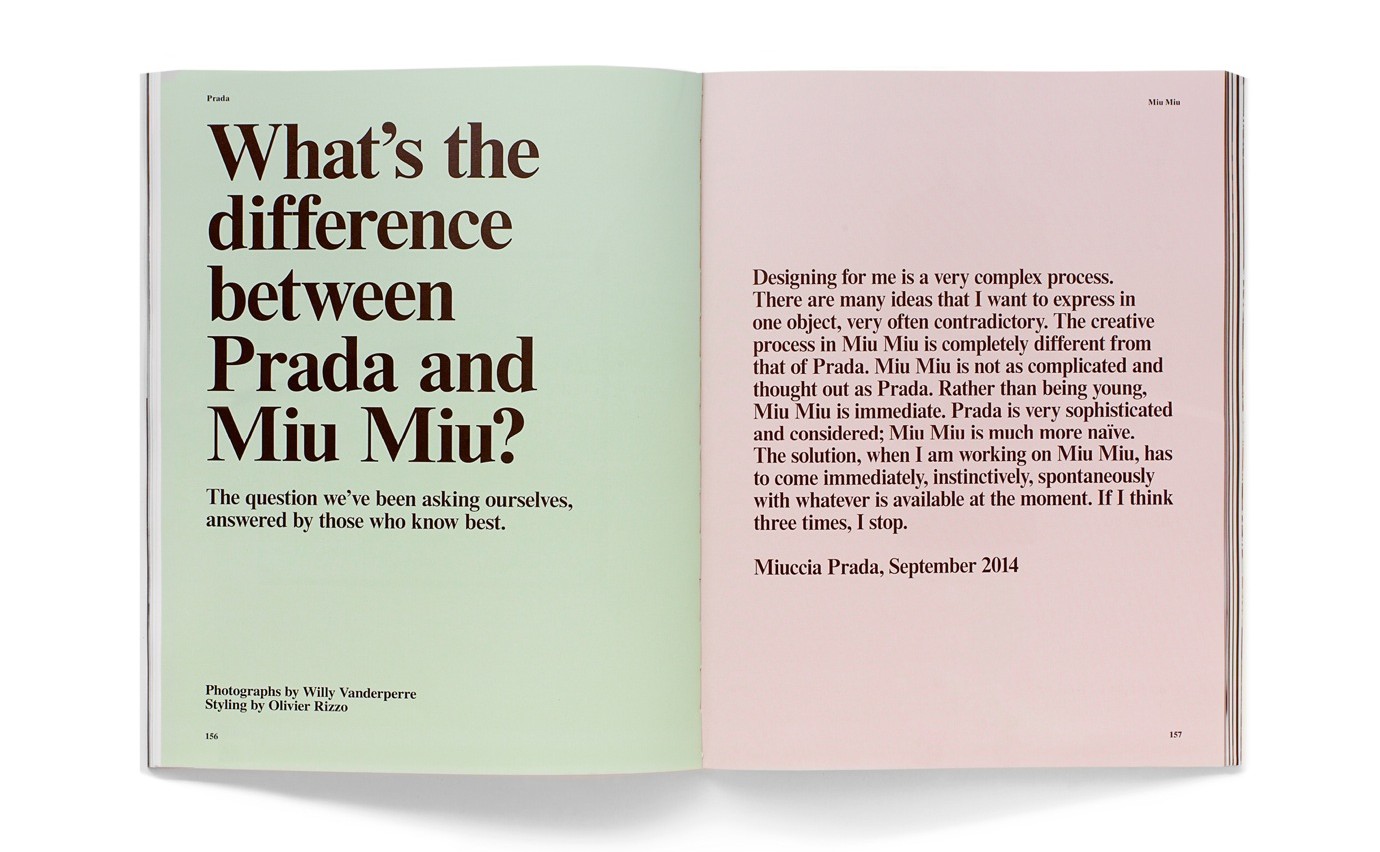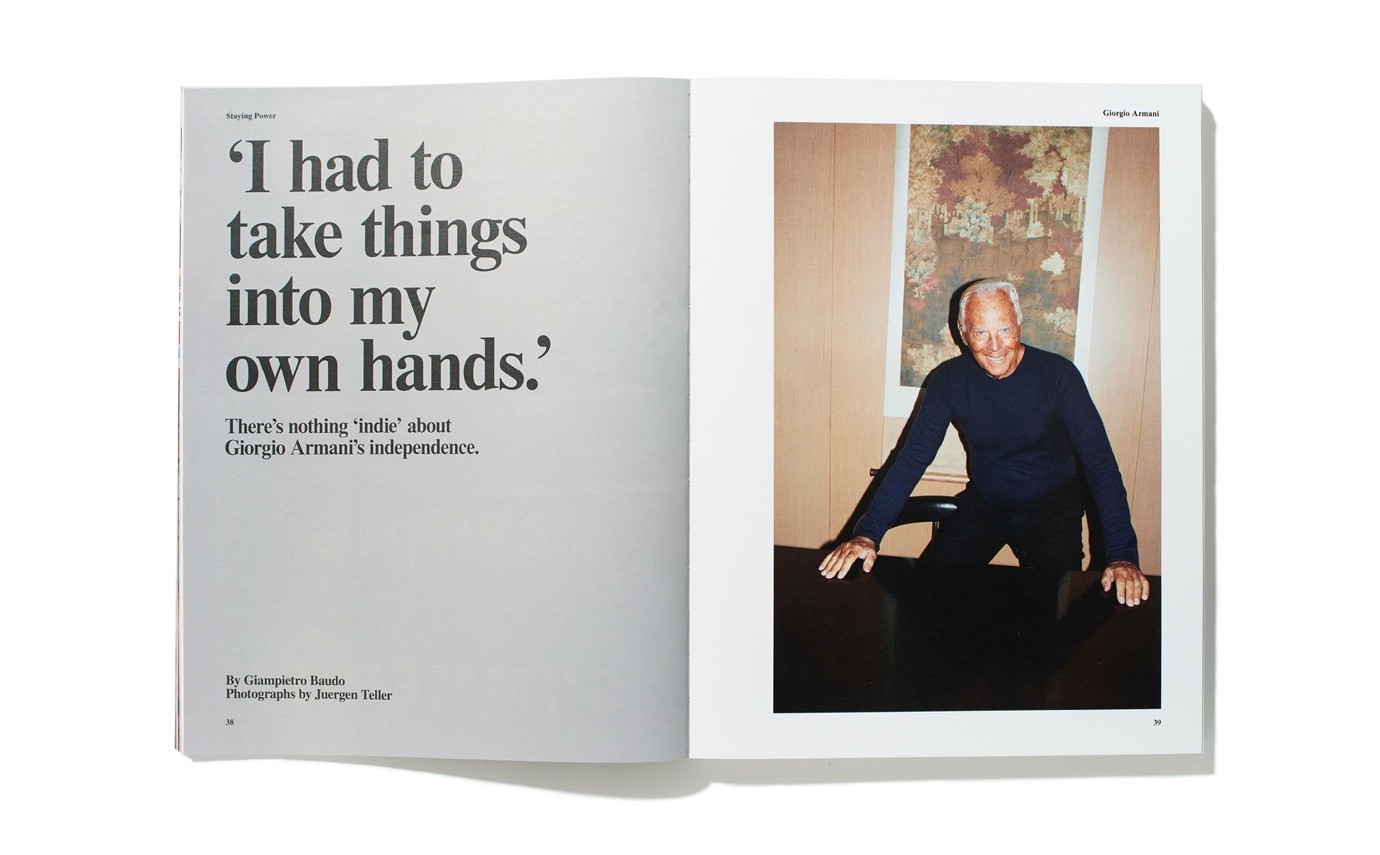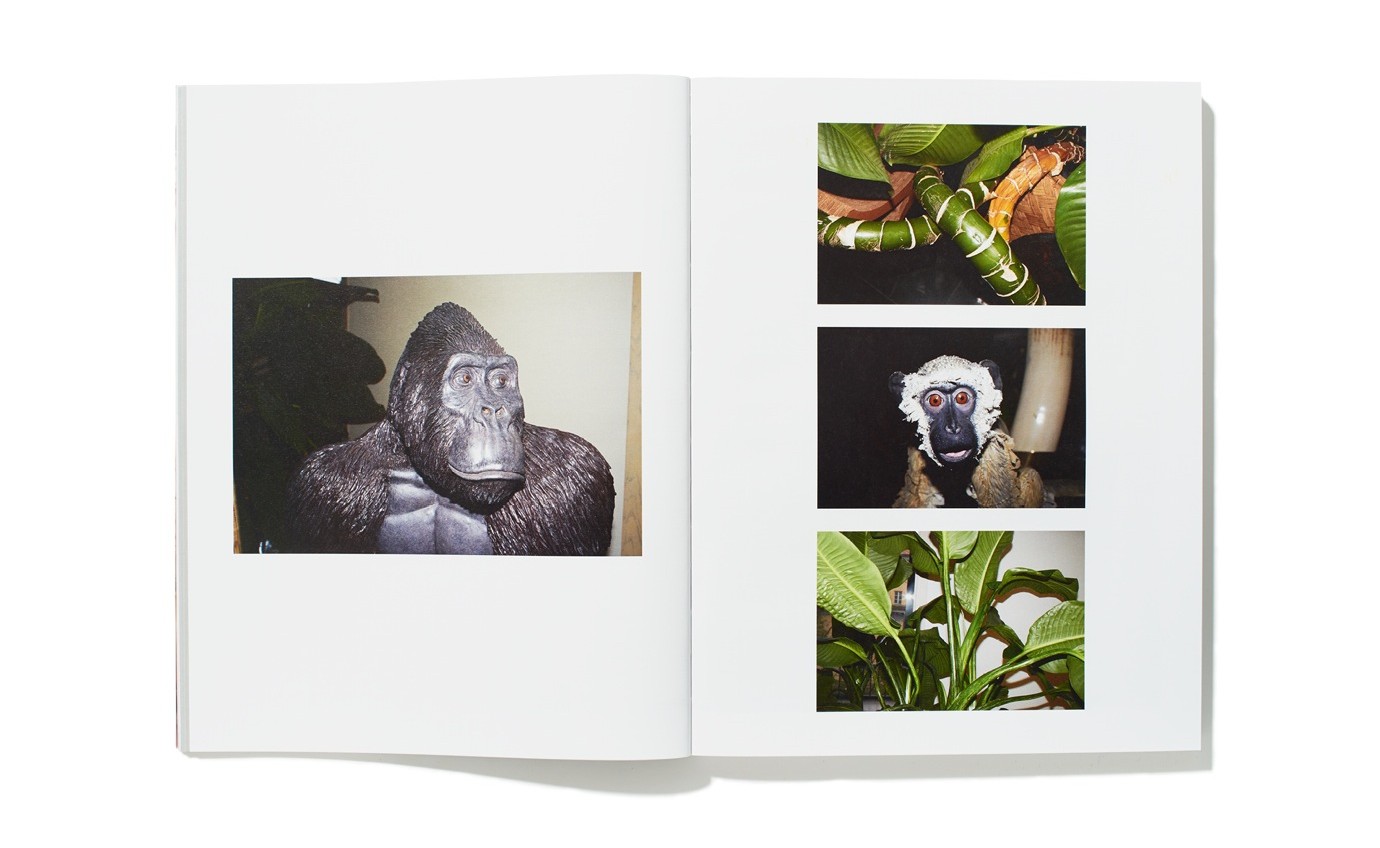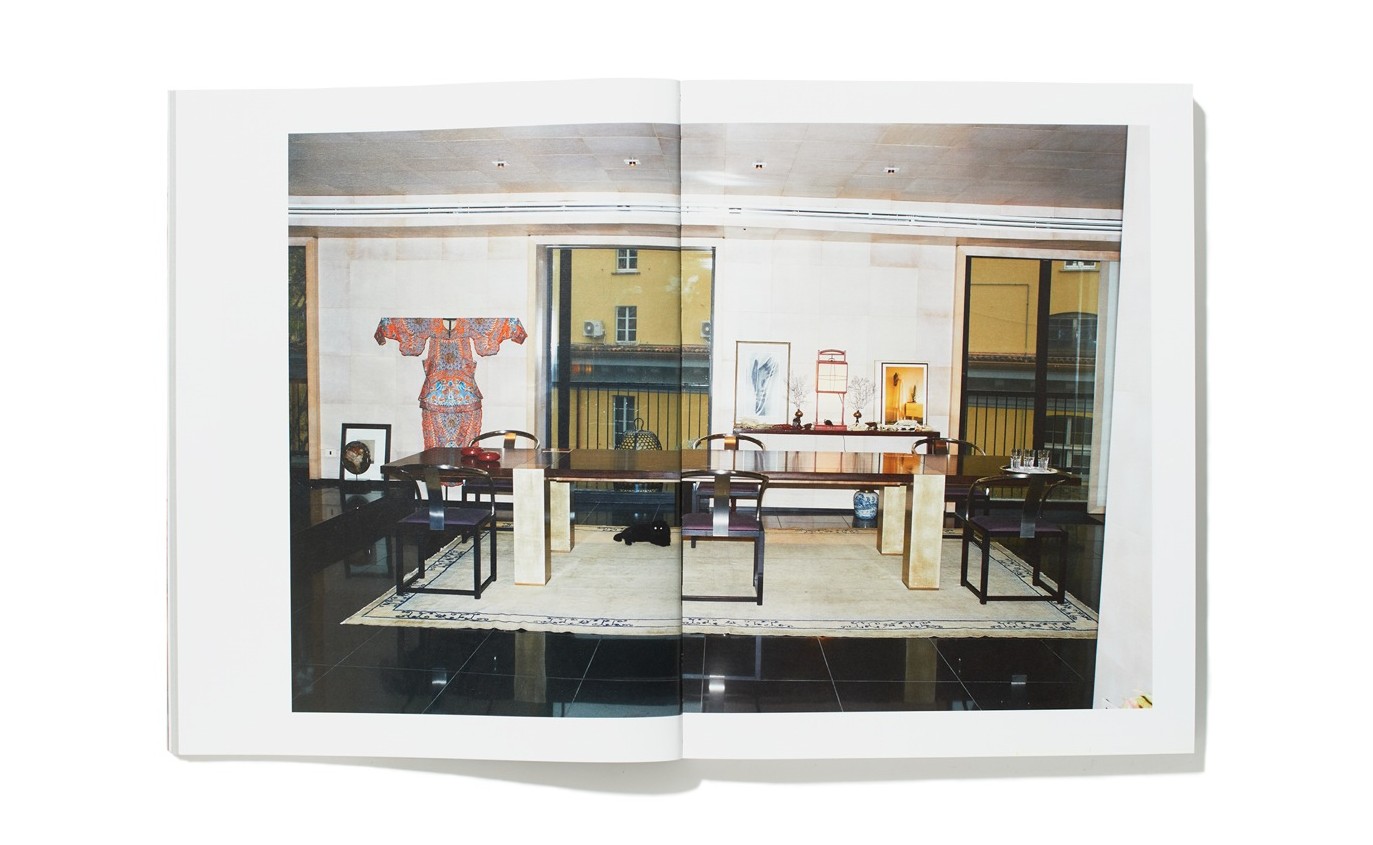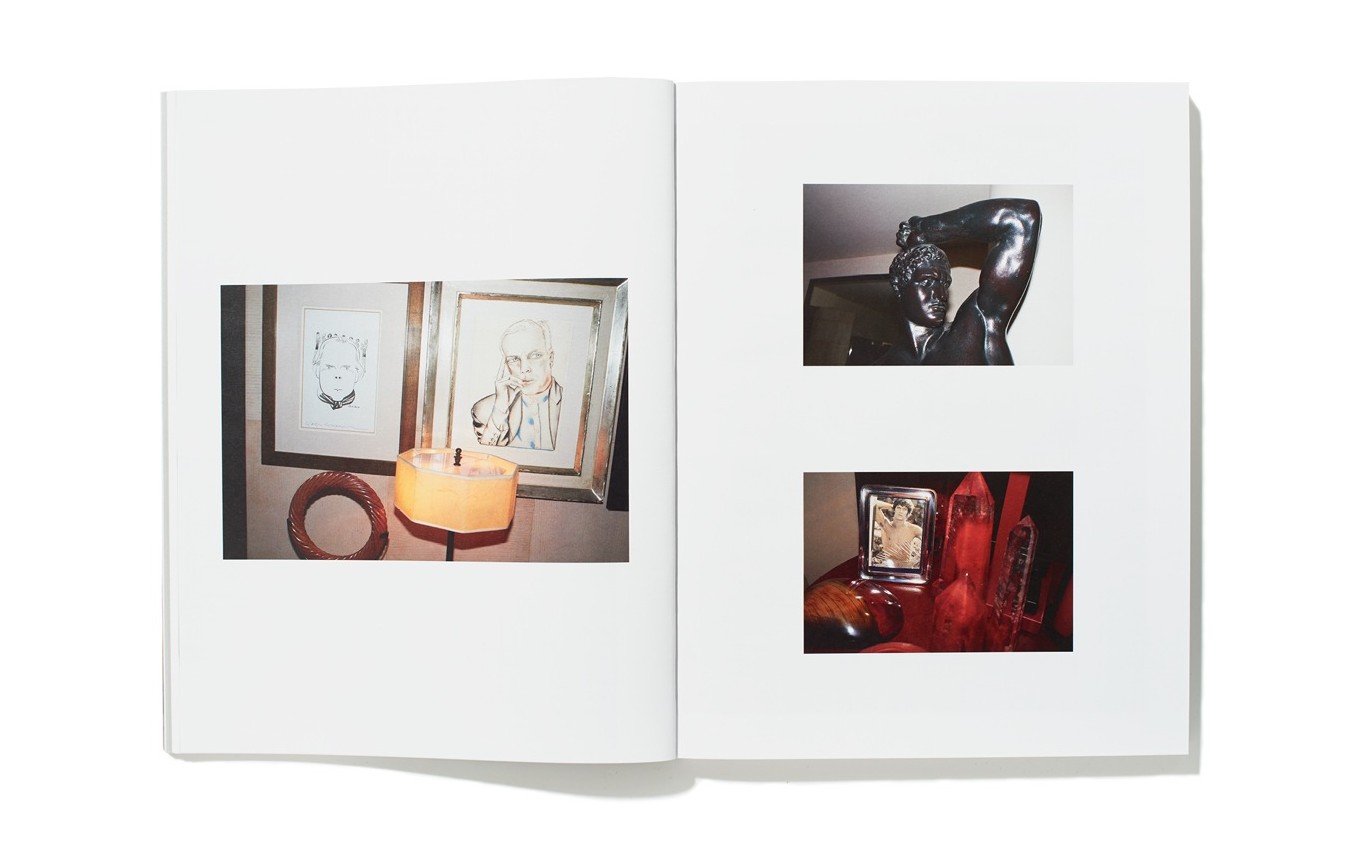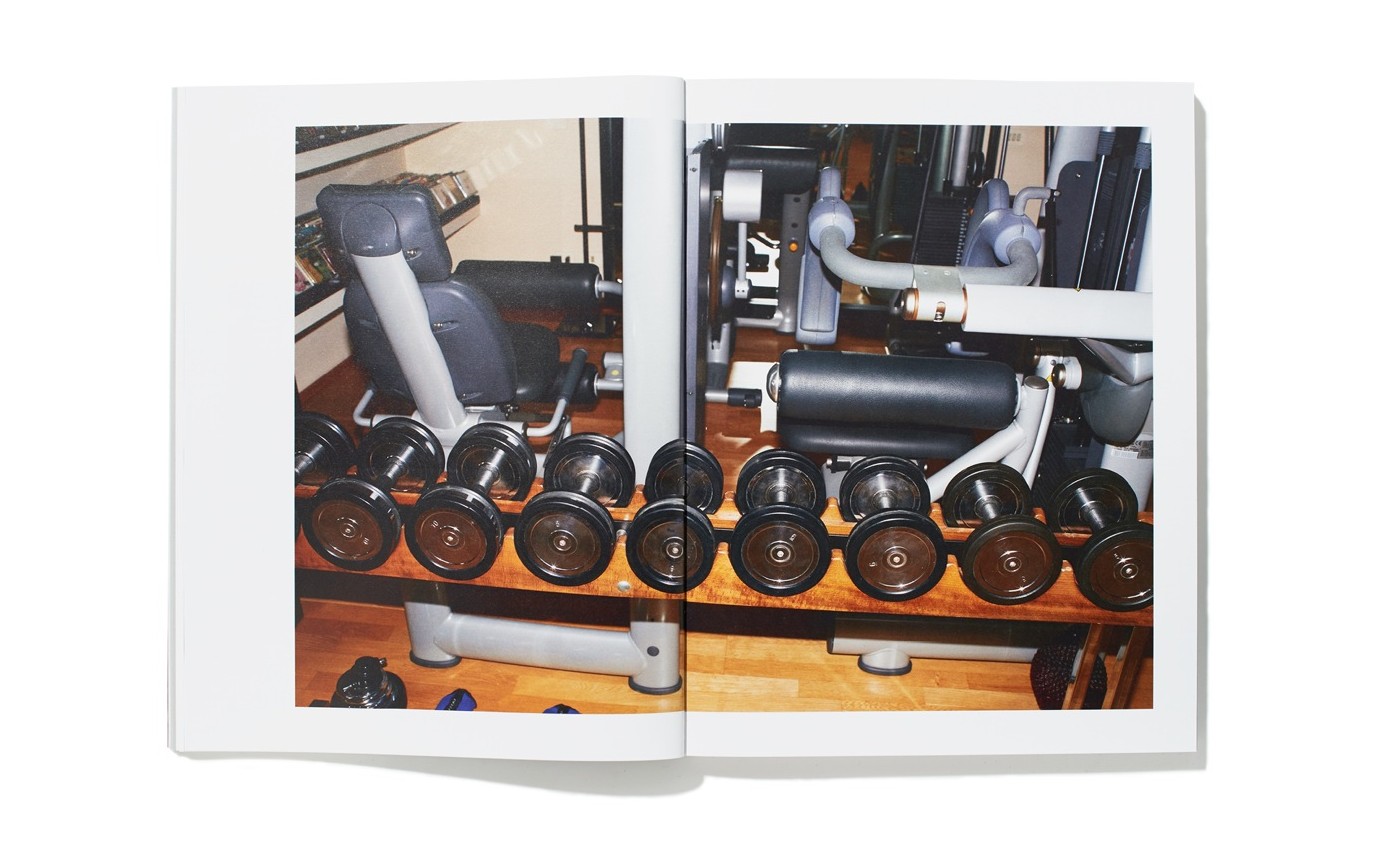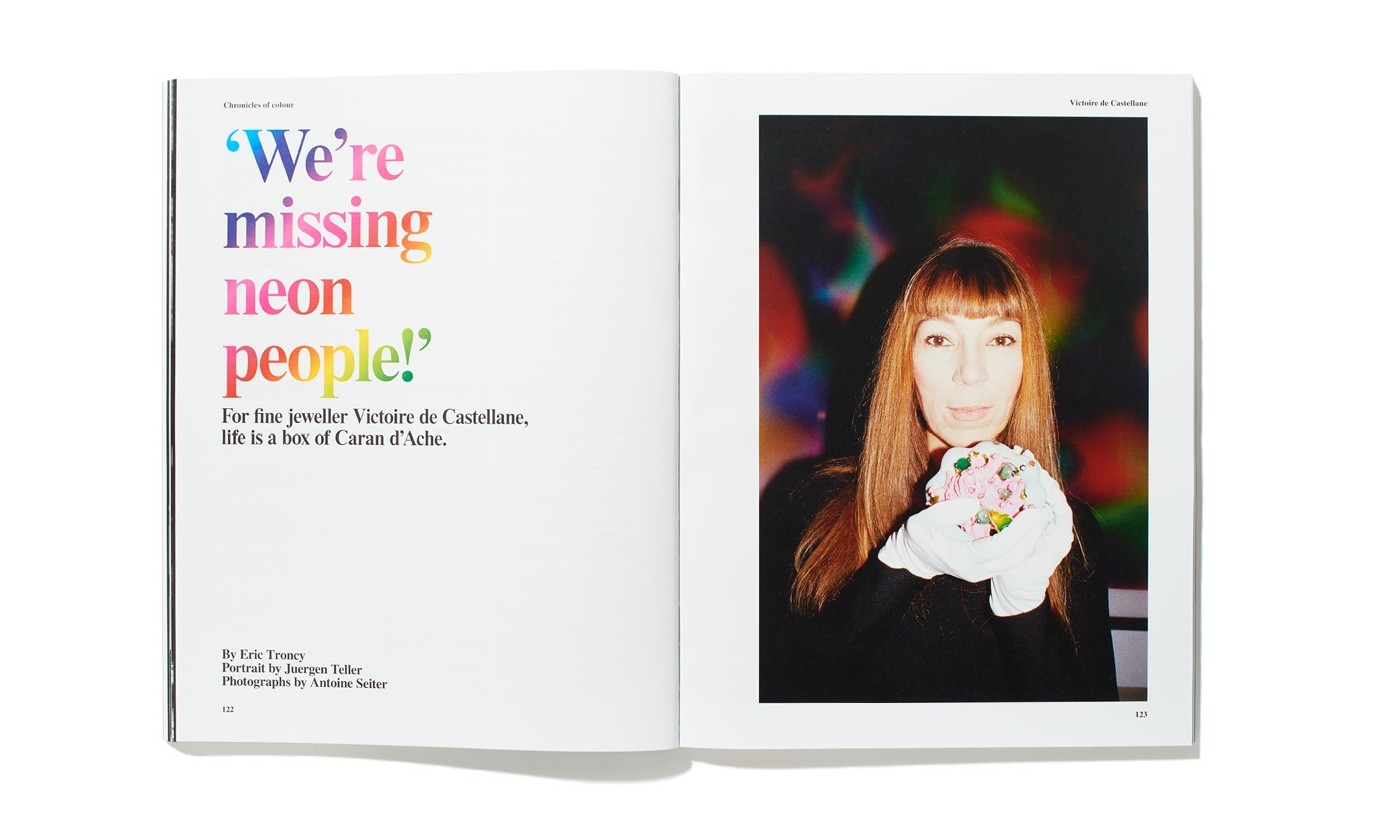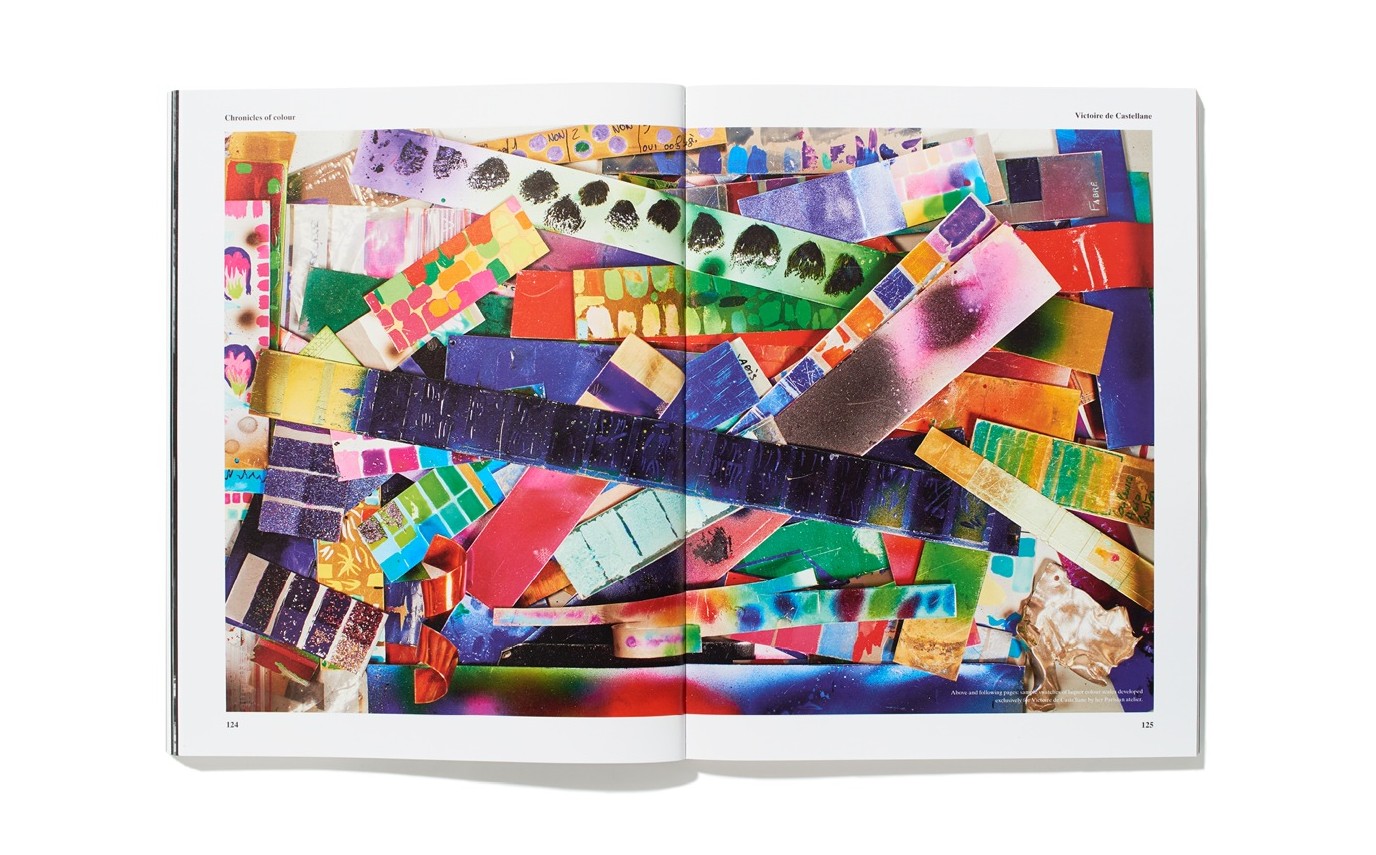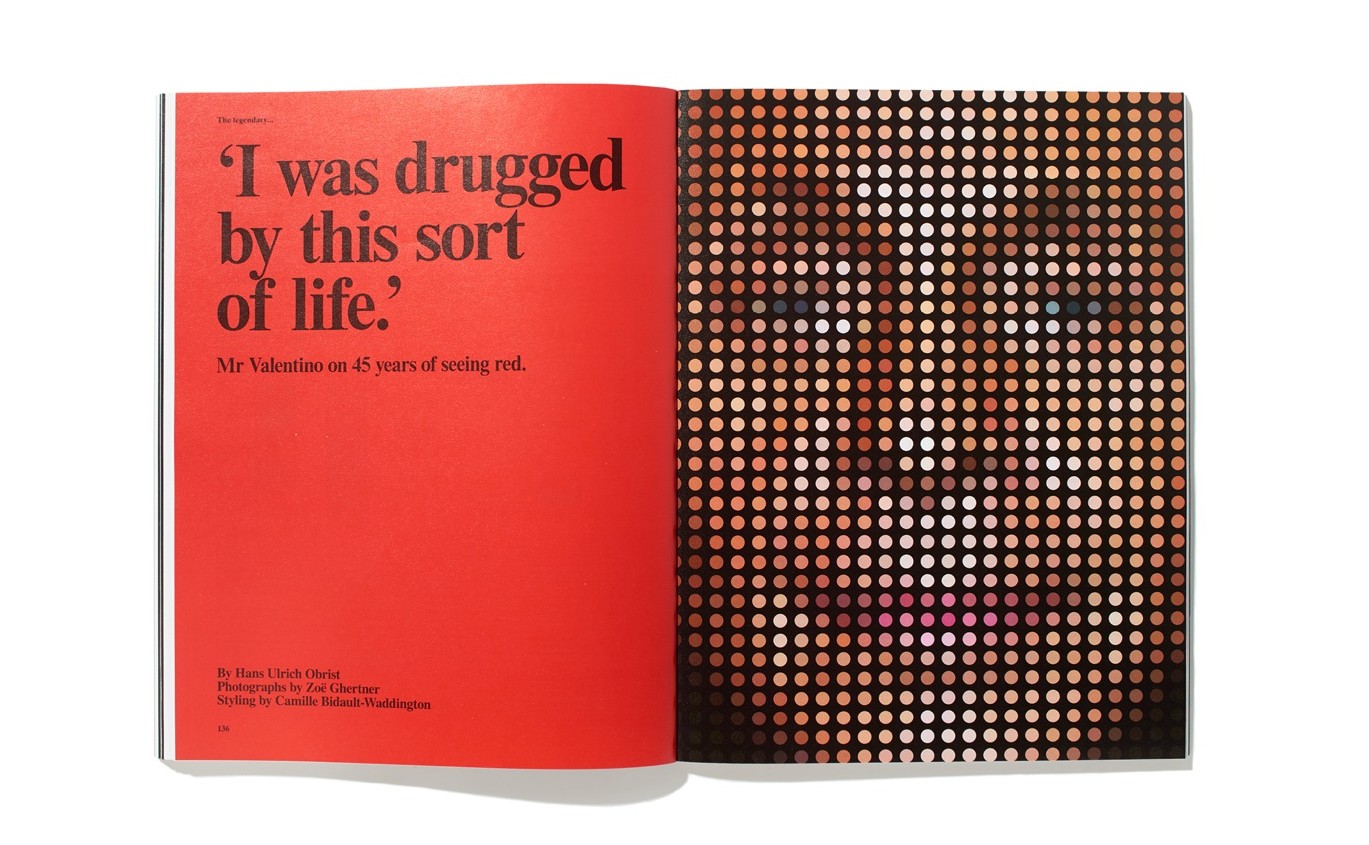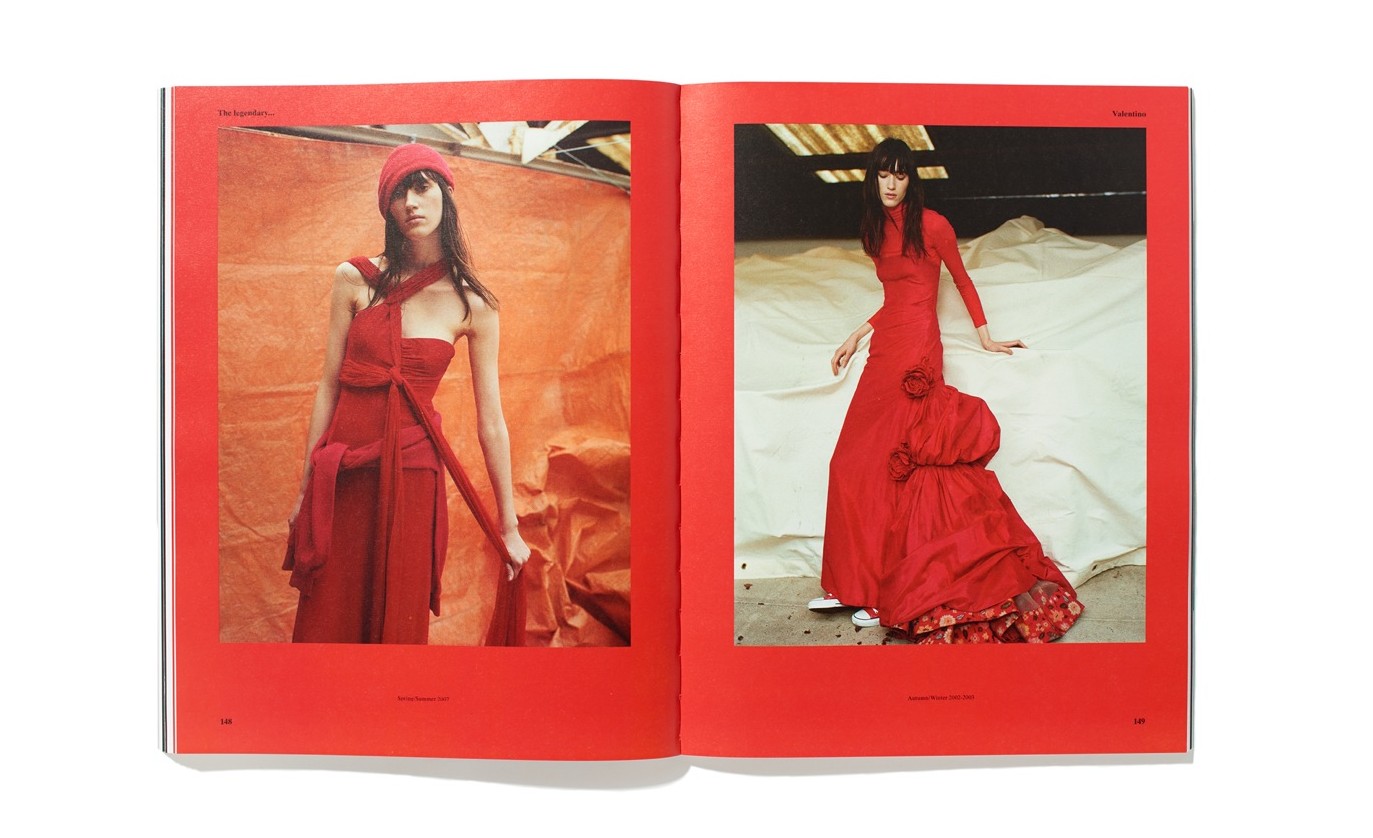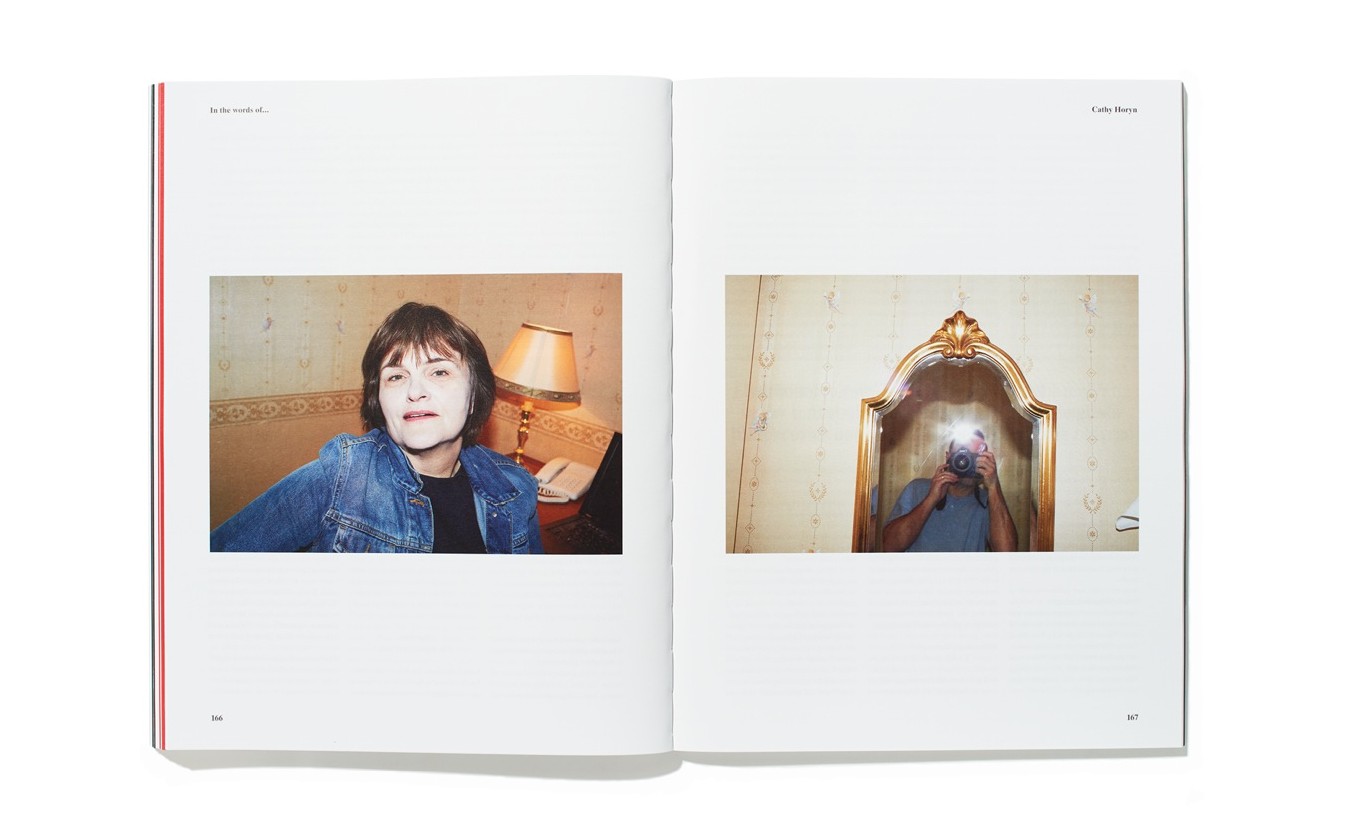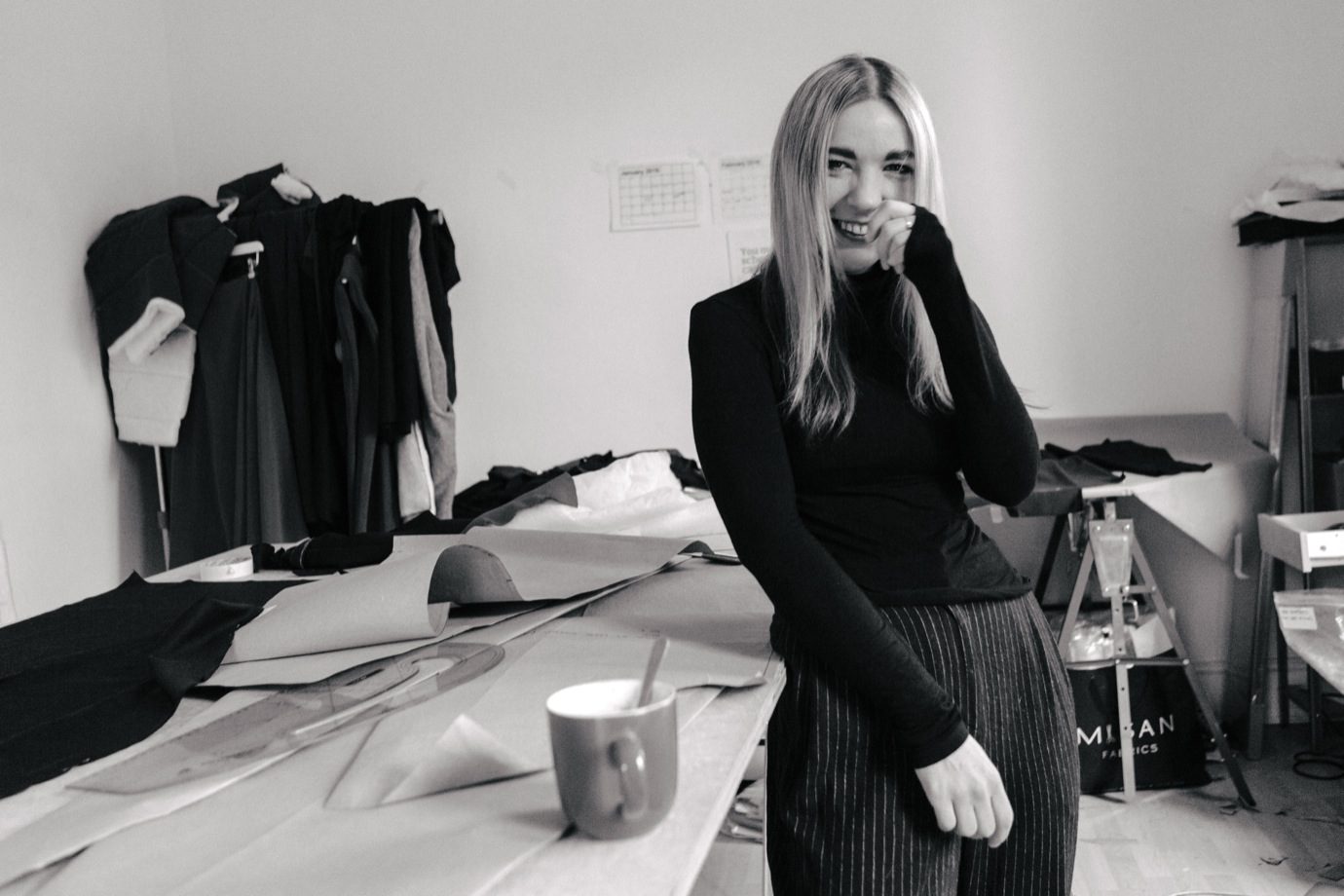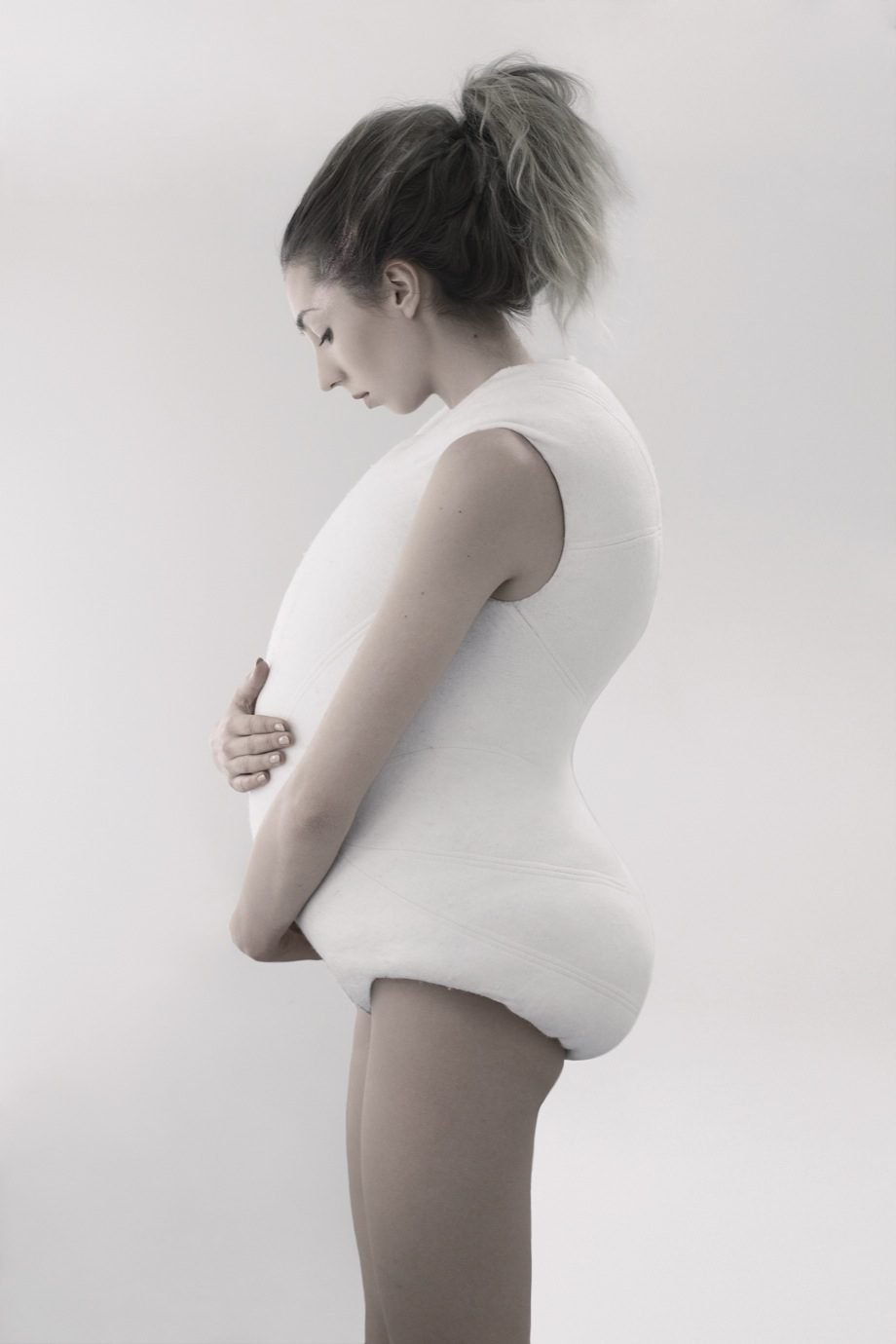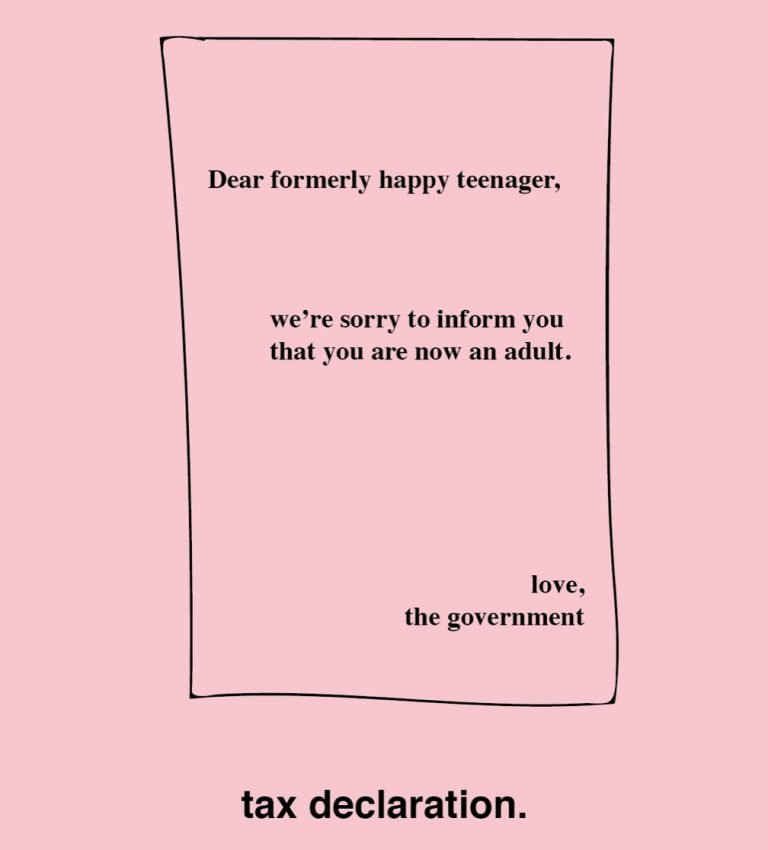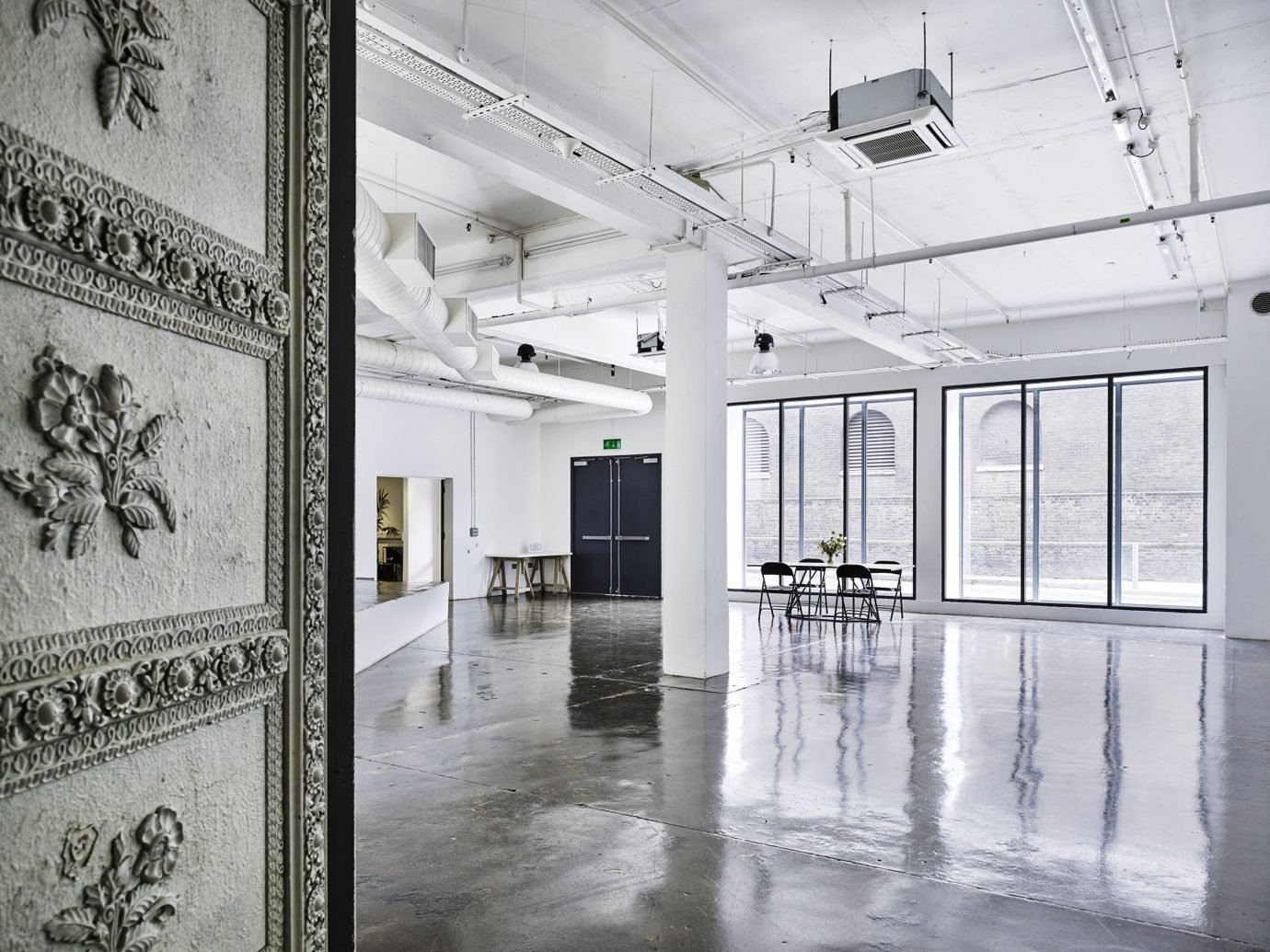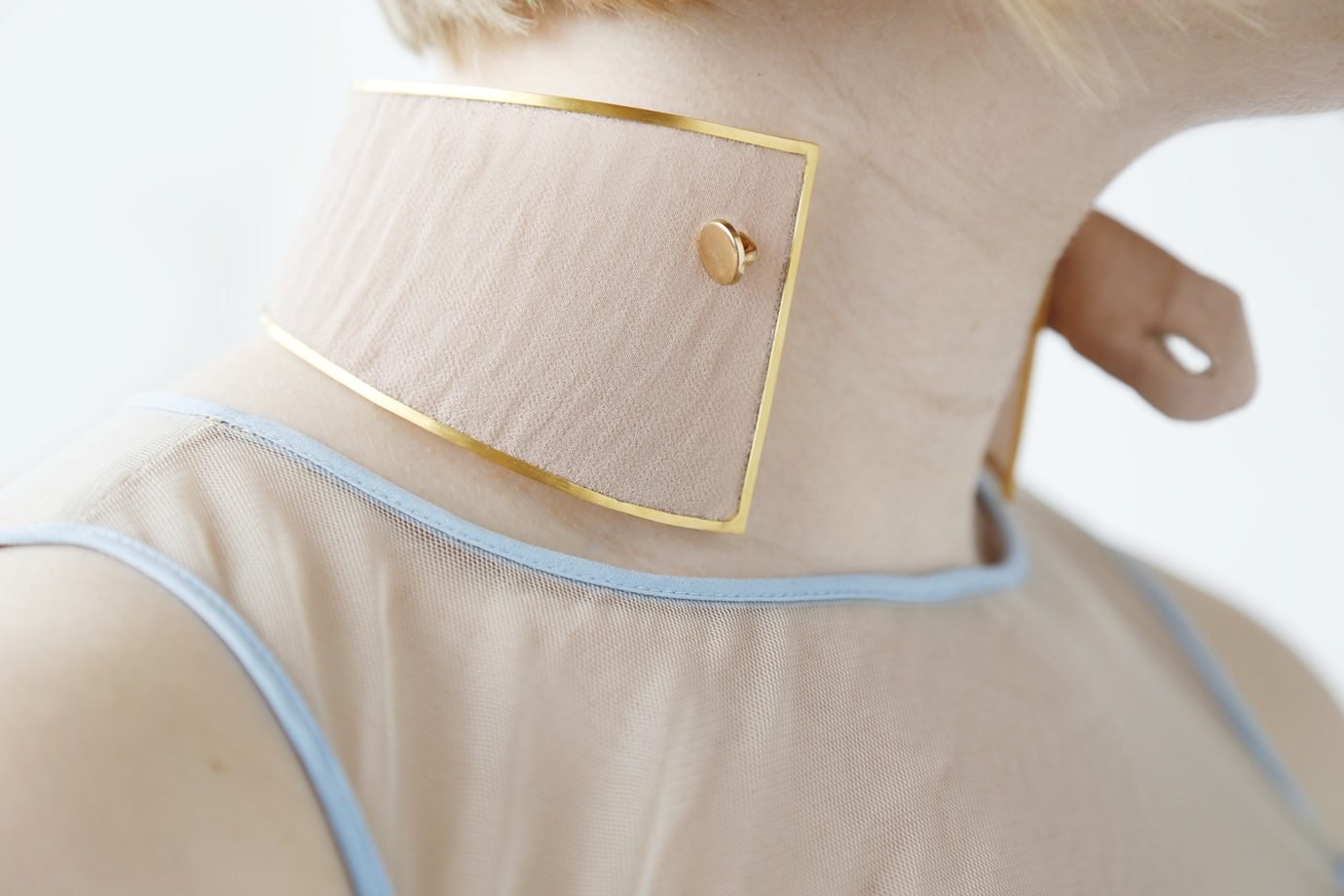“PEOPLE CRITICISE BULLYING AT HIGH SCHOOLS, BUT IT’S EXACTLY THE SAME CONCEPT THAT YOU’RE HAVING WHEN LOOKING AT INTERNS WHO WORK AT THESE BIG FASHION HOUSES.”
The pressure did not seem to have influenced the team when they decided to run the interview with Ghèsquiere. A lot of people might have been scared to get into trouble, but even if they took the risk, Elizabeth’s happy they did it. “When you have an independent magazine, you need to have an opinion or want to do something different, because otherwise there is no point in making an independent magazine. I’m not interested in doing a magazine otherwise. That’s my whole joy — to try and provoke opinions, the good and the bad. Even if people talk about you in a bad way, that’s still positive, because it means you created a reaction and a conversation.”
We can plead for several case-studies related to that — for example interns getting hit and having to sign a discretion contract so nobody will ever hear about it. In any other industry, there would be a lawsuit straightaway, yet fashion works in its mysterious ways: everybody wants to be a part of it, so competition is fierce. If you don’t want to stay and work until 4AM and get back to the studio at 8AM, you’re fired. These are topics that must be discussed. In fact, they should cause so much media attention worldwide that employers will actually reform their systems. “People criticise bullying at high schools, but it’s exactly the same concept that you’re having when looking at interns who work at these big fashion houses. There are people who are being slightly abused. Some of these big companies are really taking credit for their work, and there has to be some kind of regulation. Once again, it’s a shame because it is a creative industry where people should express themselves. It should be about joy and inspiration and you should learn a lot when you do these internships.”
It brings us to the topic of young people and sustainability. Whenever the word is mentioned, designers kind of run away, with the exclusion of a handful of enthusiasts. In the last Ever Manifesto, contributors like Pharrell Williams and Amber Valetta came on board to actually show that, “it can be cool to make efforts and to be conscious, and to try to get away from this cliche of Birkenstocks, hairy legs and hemp,” Elizabeth says. “I think the whole technology and the innovation side is really exciting in terms of sustainability. Even the word sustainability is not good. It’s an oxymoron in fashion, because you can’t be sustainable in fashion. But you can be conscious. That side is important because you have to think twice about everything. You’re conscious these days about what you eat. People want to know more about where their food is coming from, and now it’s great to have an organic juice, coldpress, homegrown vegetables. So, if that’s appealing, it should be cool to be wearing clothes that are recycled in a good way, or are innovative in their fabrics or their production. Hopefully that’s going to be the next wave.”
System Issue 3

